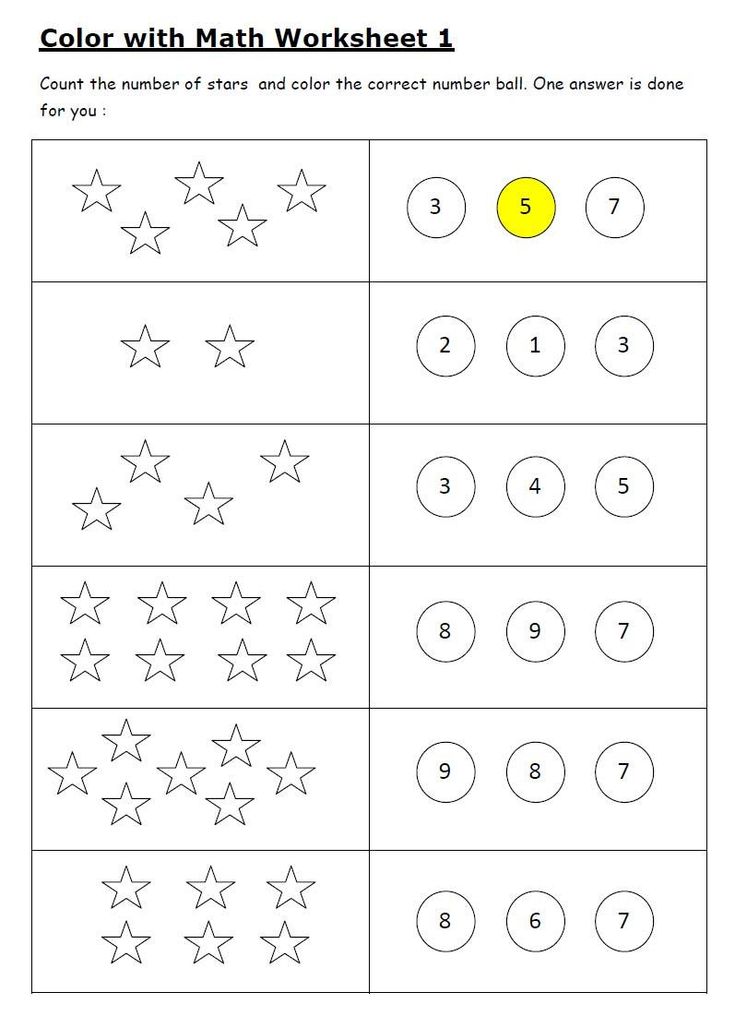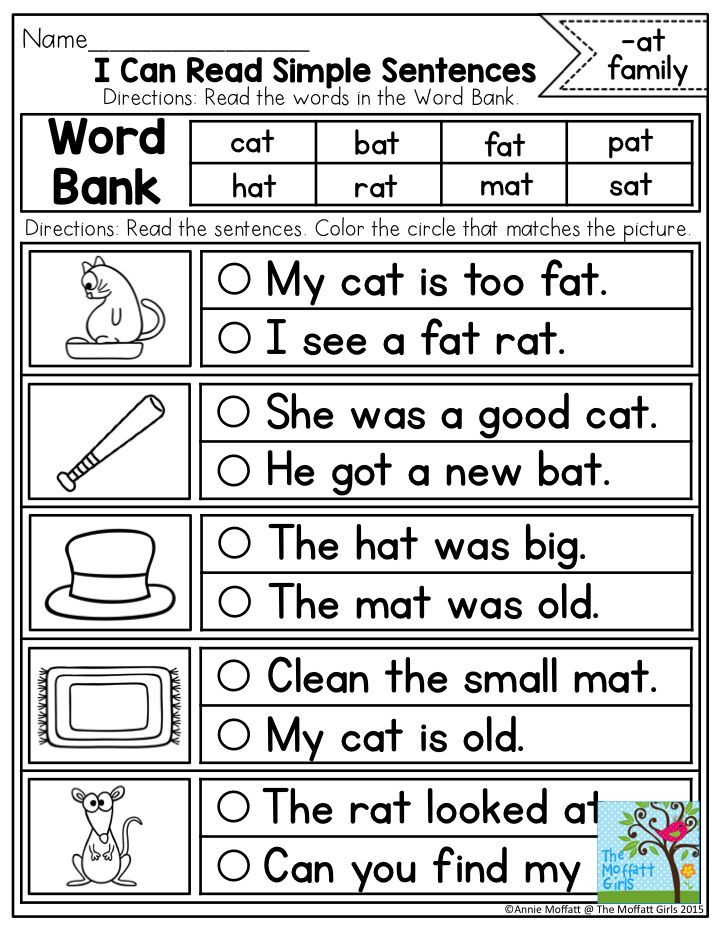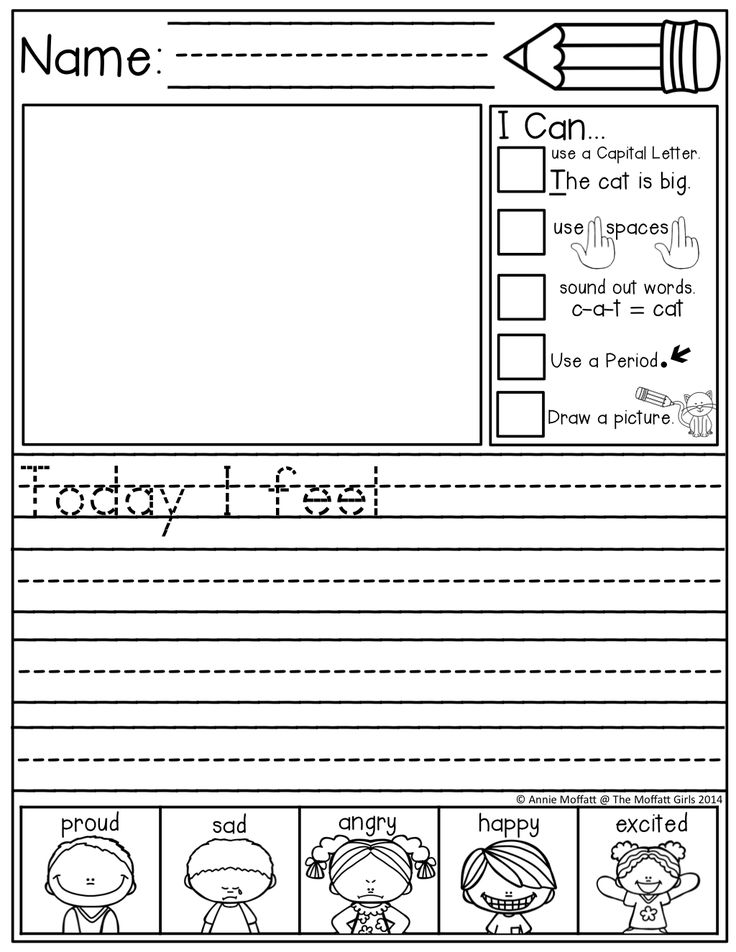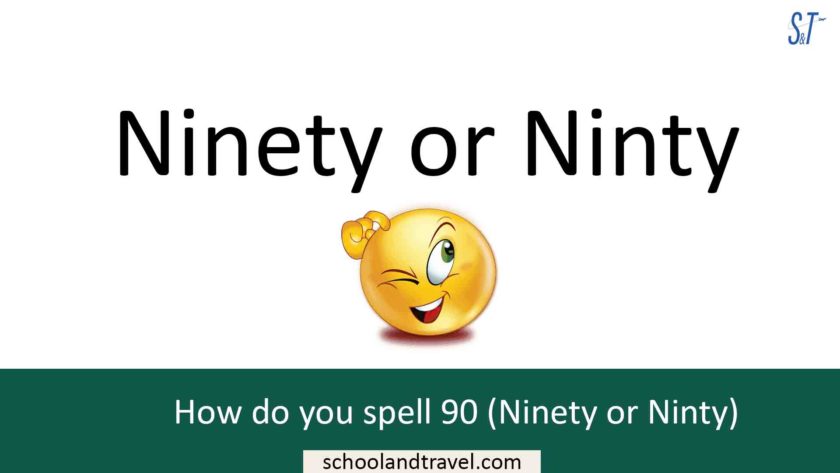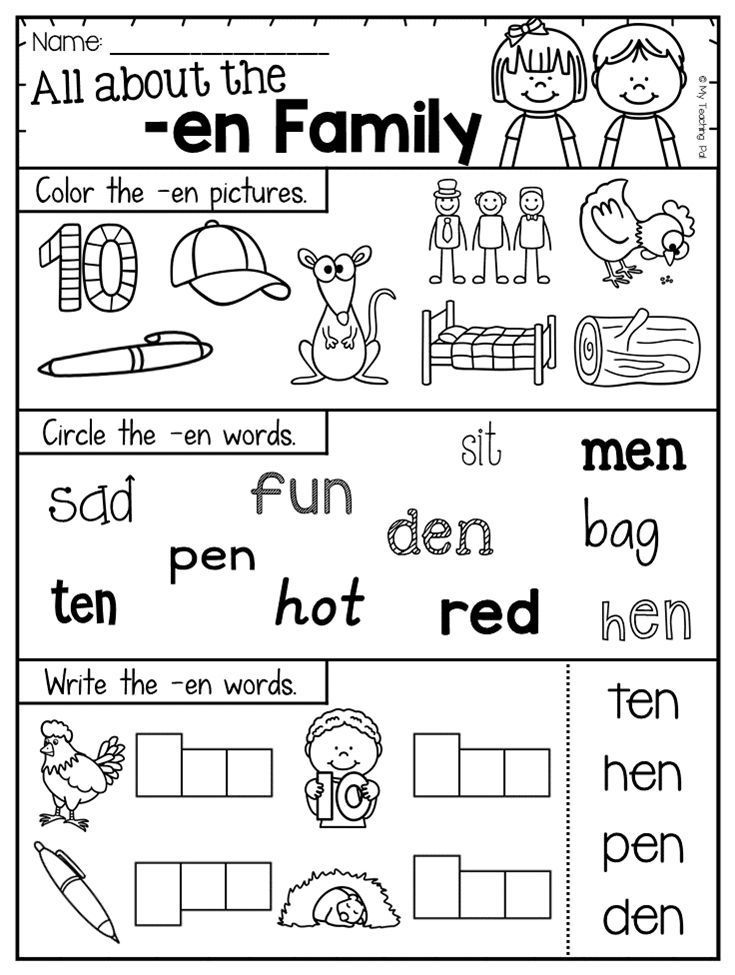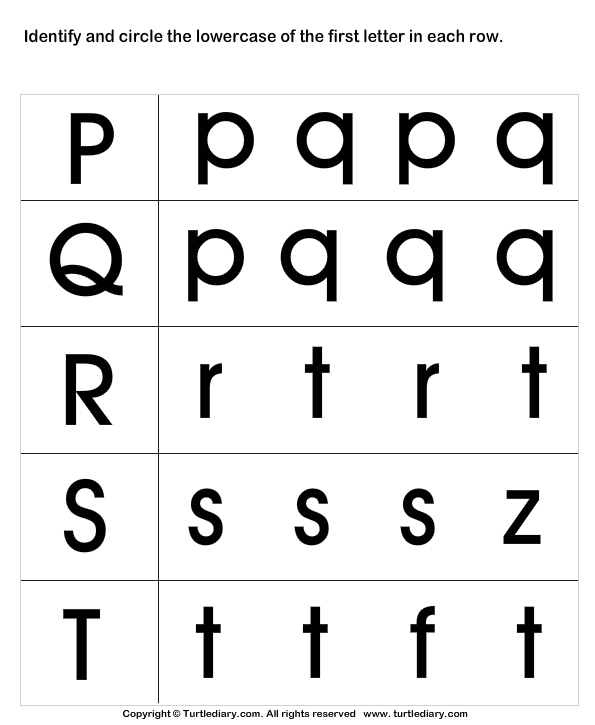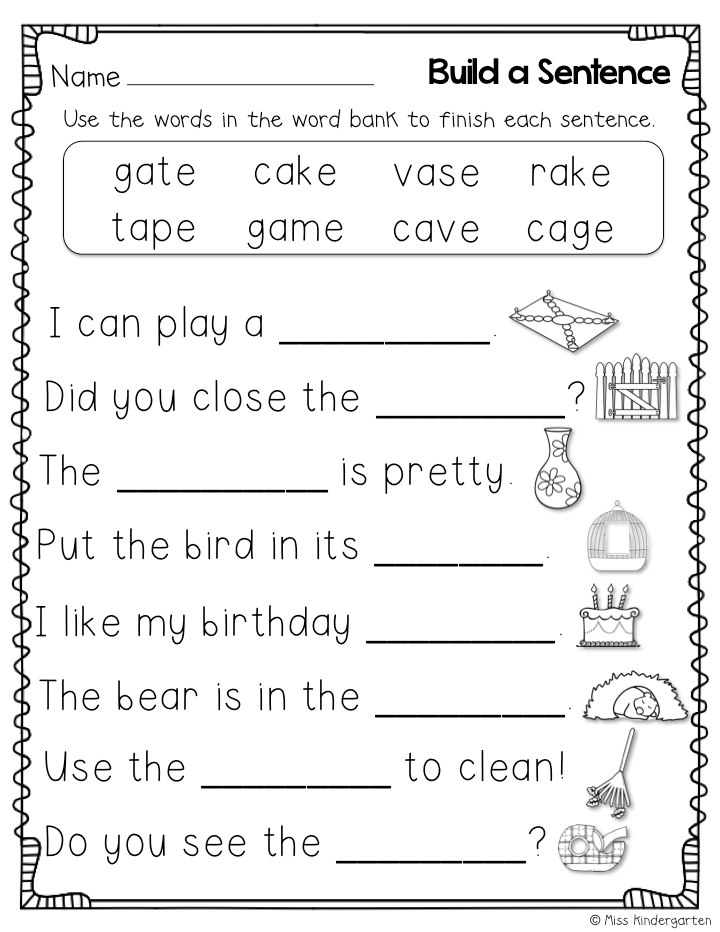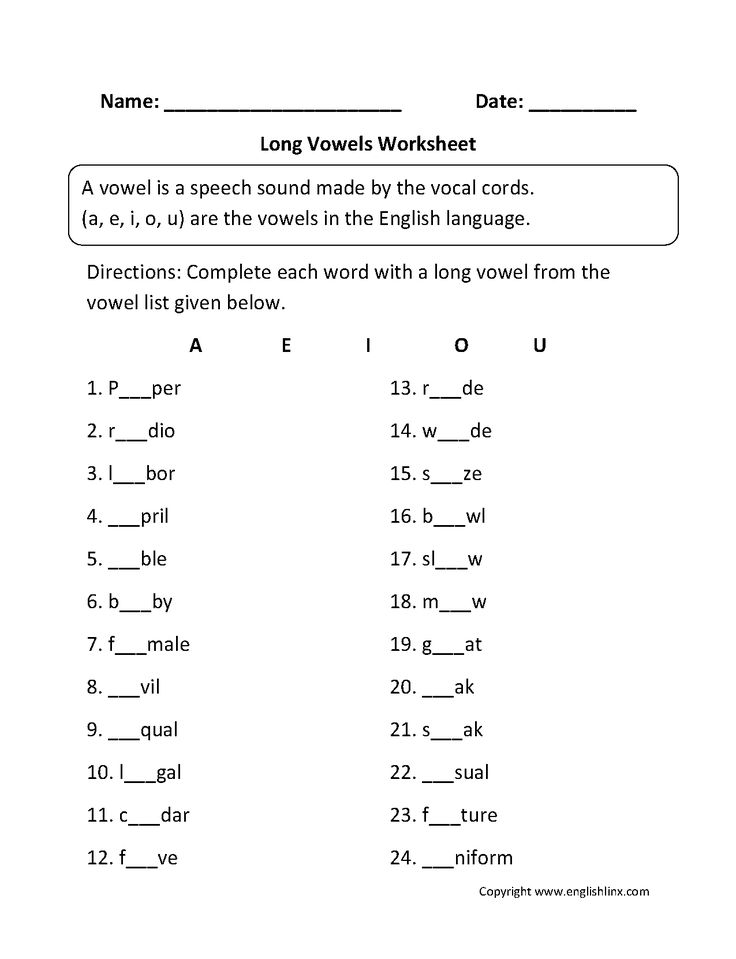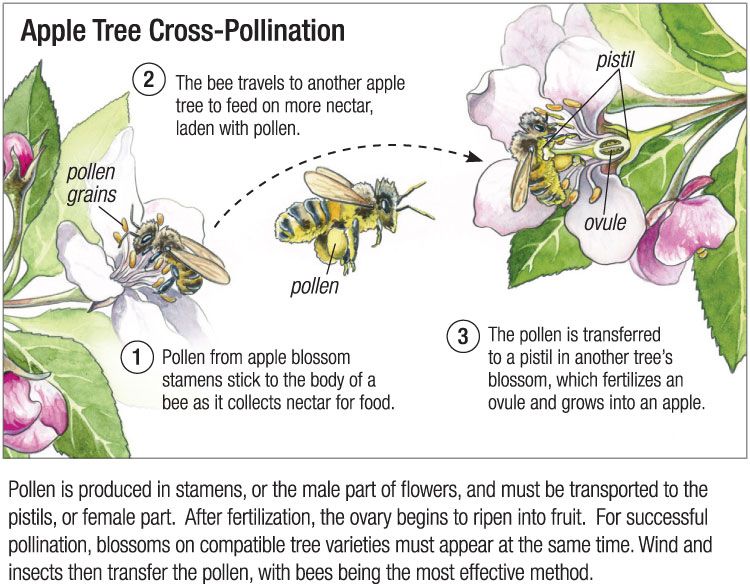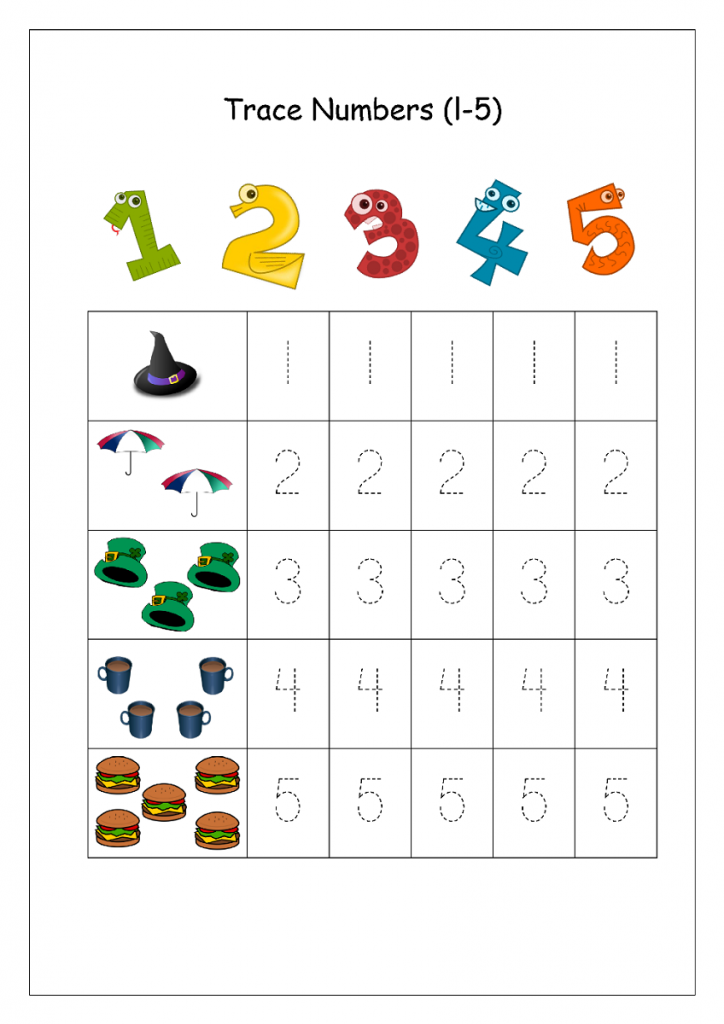Math skills for preschoolers
Help Your Child Develop Early Math Skills
Before they start school, most children develop an understanding of addition and subtraction through everyday interactions. Learn what informal activities give children a head start on early math skills when they start school.
Children are using early math skills throughout their daily routines and activities. This is good news as these skills are important for being ready for school. But early math doesn’t mean taking out the calculator during playtime. Even before they start school, most children develop an understanding of addition and subtraction through everyday interactions. For example, Thomas has two cars; Joseph wants one. After Thomas shares one, he sees that he has one car left (Bowman, Donovan, & Burns, 2001, p. 201). Other math skills are introduced through daily routines you share with your child—counting steps as you go up or down, for example. Informal activities like this one give children a jumpstart on the formal math instruction that starts in school.
What math knowledge will your child need later on in elementary school? Early mathematical concepts and skills that first-grade mathematics curriculum builds on include: (Bowman et al., 2001, p. 76).
- Understanding size, shape, and patterns
- Ability to count verbally (first forward, then backward)
- Recognizing numerals
- Identifying more and less of a quantity
- Understanding one-to-one correspondence (i.e., matching sets, or knowing which group has four and which has five)
Key Math Skills for School
More advanced mathematical skills are based on an early math “foundation”—just like a house is built on a strong foundation. In the toddler years, you can help your child begin to develop early math skills by introducing ideas like: (From Diezmann & Yelland, 2000, and Fromboluti & Rinck, 1999.)
Number Sense
This is the ability to count accurately—first forward. Then, later in school, children will learn to count backwards.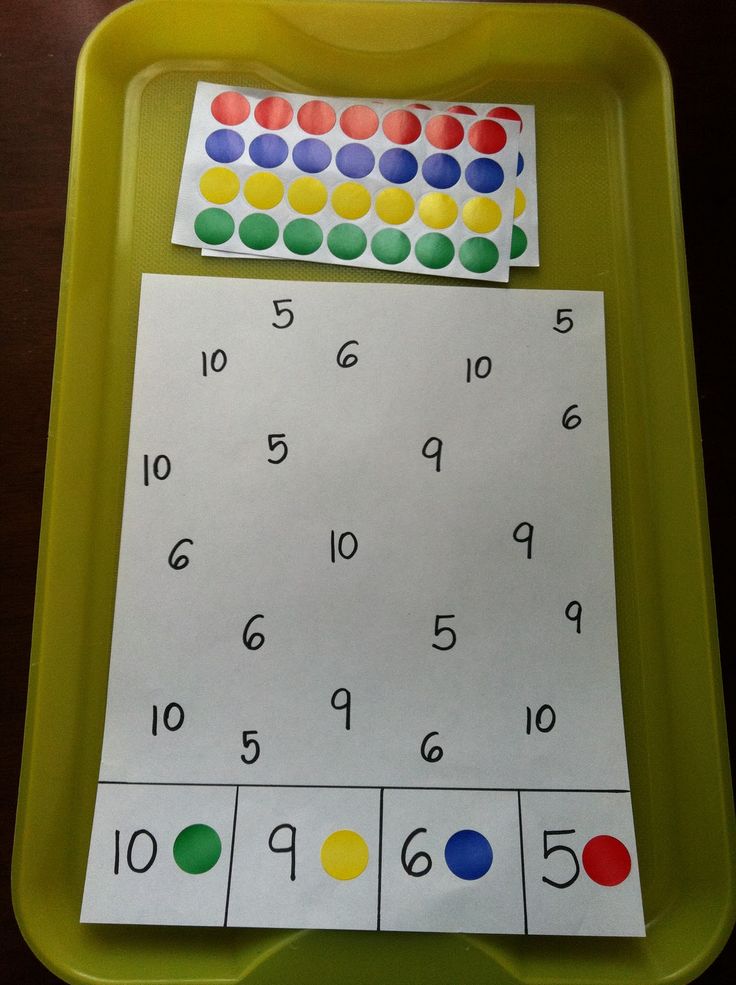 A more complex skill related to number sense is the ability to see relationships between numbers—like adding and subtracting. Ben (age 2) saw the cupcakes on the plate. He counted with his dad: “One, two, three, four, five, six…”
A more complex skill related to number sense is the ability to see relationships between numbers—like adding and subtracting. Ben (age 2) saw the cupcakes on the plate. He counted with his dad: “One, two, three, four, five, six…”
Representation
Making mathematical ideas “real” by using words, pictures, symbols, and objects (like blocks). Casey (aged 3) was setting out a pretend picnic. He carefully laid out four plastic plates and four plastic cups: “So our whole family can come to the picnic!” There were four members in his family; he was able to apply this information to the number of plates and cups he chose.
Spatial sense
Later in school, children will call this “geometry.” But for toddlers it is introducing the ideas of shape, size, space, position, direction and movement. Aziz (28 months) was giggling at the bottom of the slide. “What’s so funny?” his Auntie wondered. “I comed up,” said Aziz, “Then I comed down!”
Measurement
Technically, this is finding the length, height, and weight of an object using units like inches, feet or pounds.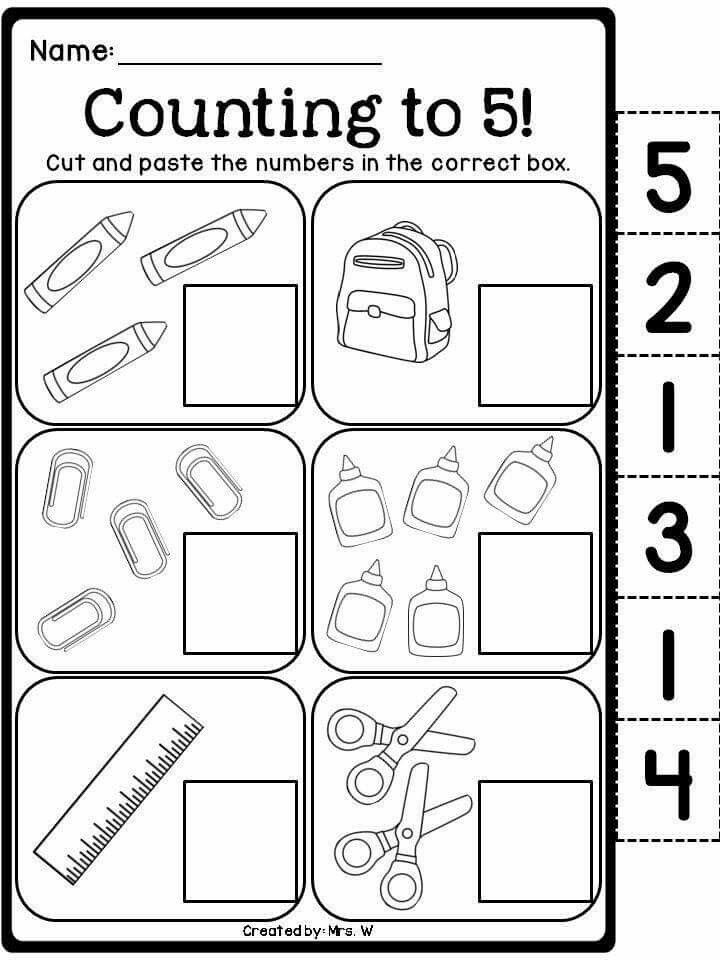 Measurement of time (in minutes, for example) also falls under this skill area. Gabriella (36 months) asked her Abuela again and again: “Make cookies? Me do it!” Her Abuela showed her how to fill the measuring cup with sugar. “We need two cups, Gabi. Fill it up once and put it in the bowl, then fill it up again.”
Measurement of time (in minutes, for example) also falls under this skill area. Gabriella (36 months) asked her Abuela again and again: “Make cookies? Me do it!” Her Abuela showed her how to fill the measuring cup with sugar. “We need two cups, Gabi. Fill it up once and put it in the bowl, then fill it up again.”
Estimation
This is the ability to make a good guess about the amount or size of something. This is very difficult for young children to do. You can help them by showing them the meaning of words like more, less, bigger, smaller, more than, less than. Nolan (30 months) looked at the two bagels: one was a regular bagel, one was a mini-bagel. His dad asked: “Which one would you like?” Nolan pointed to the regular bagel. His dad said, “You must be hungry! That bagel is bigger. That bagel is smaller. Okay, I’ll give you the bigger one. Breakfast is coming up!”
Patterns
Patterns are things—numbers, shapes, images—that repeat in a logical way.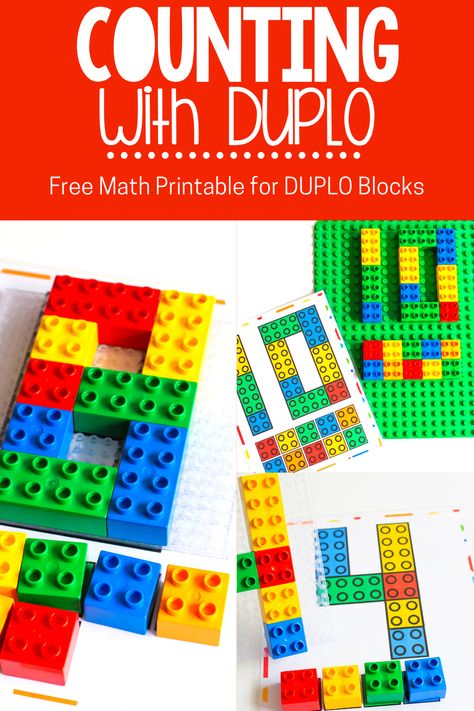 Patterns help children learn to make predictions, to understand what comes next, to make logical connections, and to use reasoning skills. Ava (27 months) pointed to the moon: “Moon. Sun go night-night.” Her grandfather picked her up, “Yes, little Ava. In the morning, the sun comes out and the moon goes away. At night, the sun goes to sleep and the moon comes out to play. But it’s time for Ava to go to sleep now, just like the sun.”
Patterns help children learn to make predictions, to understand what comes next, to make logical connections, and to use reasoning skills. Ava (27 months) pointed to the moon: “Moon. Sun go night-night.” Her grandfather picked her up, “Yes, little Ava. In the morning, the sun comes out and the moon goes away. At night, the sun goes to sleep and the moon comes out to play. But it’s time for Ava to go to sleep now, just like the sun.”
Problem-solving
The ability to think through a problem, to recognize there is more than one path to the answer. It means using past knowledge and logical thinking skills to find an answer. Carl (15 months old) looked at the shape-sorter—a plastic drum with 3 holes in the top. The holes were in the shape of a triangle, a circle and a square. Carl looked at the chunky shapes on the floor. He picked up a triangle. He put it in his month, then banged it on the floor. He touched the edges with his fingers. Then he tried to stuff it in each of the holes of the new toy.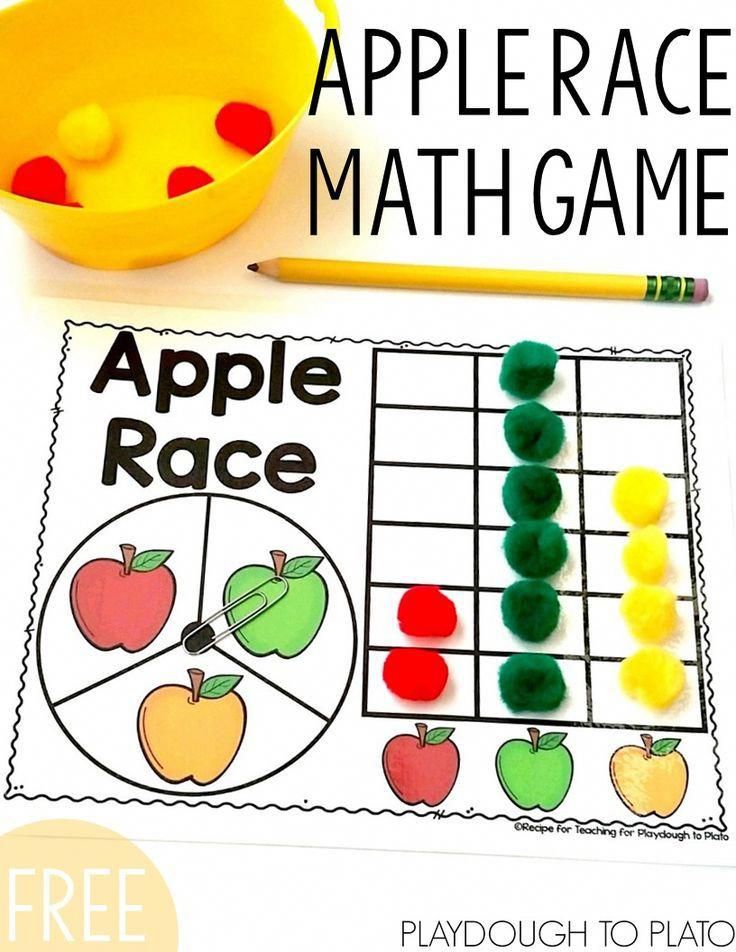 Surprise! It fell inside the triangle hole! Carl reached for another block, a circular one this time…
Surprise! It fell inside the triangle hole! Carl reached for another block, a circular one this time…
Math: One Part of the Whole
Math skills are just one part of a larger web of skills that children are developing in the early years—including language skills, physical skills, and social skills. Each of these skill areas is dependent on and influences the others.
Trina (18 months old) was stacking blocks. She had put two square blocks on top of one another, then a triangle block on top of that. She discovered that no more blocks would balance on top of the triangle-shaped block. She looked up at her dad and showed him the block she couldn’t get to stay on top, essentially telling him with her gesture, “Dad, I need help figuring this out.” Her father showed her that if she took the triangle block off and used a square one instead, she could stack more on top. She then added two more blocks to her tower before proudly showing her creation to her dad: “Dada, Ook! Ook!”
You can see in this ordinary interaction how all areas of Trina’s development are working together.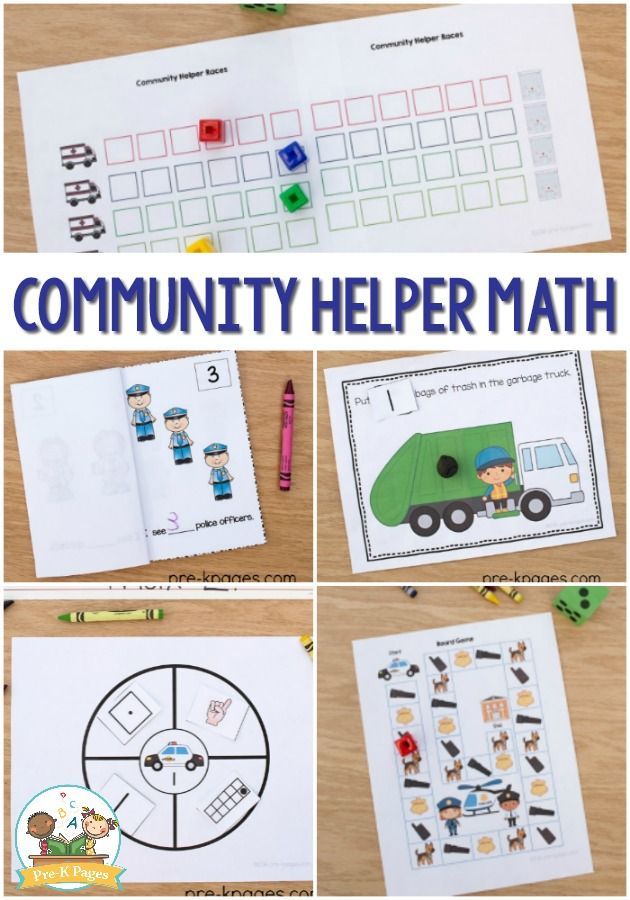 Her physical ability allows her to manipulate the blocks and use her thinking skills to execute her plan to make a tower. She uses her language and social skills as she asks her father for help. Her effective communication allows Dad to respond and provide the helps she needs (further enhancing her social skills as she sees herself as important and a good communicator). This then further builds her thinking skills as she learns how to solve the problem of making the tower taller.
Her physical ability allows her to manipulate the blocks and use her thinking skills to execute her plan to make a tower. She uses her language and social skills as she asks her father for help. Her effective communication allows Dad to respond and provide the helps she needs (further enhancing her social skills as she sees herself as important and a good communicator). This then further builds her thinking skills as she learns how to solve the problem of making the tower taller.
What You Can Do
The tips below highlight ways that you can help your child learn early math skills by building on their natural curiosity and having fun together. (Note: Most of these tips are designed for older children—ages 2–3. Younger children can be exposed to stories and songs using repetition, rhymes and numbers.)
Shape up.
Play with shape-sorters. Talk with your child about each shape—count the sides, describe the colors. Make your own shapes by cutting large shapes out of colored construction paper. Ask your child to “hop on the circle” or “jump on the red shape.”
Ask your child to “hop on the circle” or “jump on the red shape.”
Count and sort.
Gather together a basket of small toys, shells, pebbles or buttons. Count them with your child. Sort them based on size, color, or what they do (i.e., all the cars in one pile, all the animals in another).
Place the call.
With your 3-year-old, begin teaching her the address and phone number of your home. Talk with your child about how each house has a number, and how their house or apartment is one of a series, each with its own number.
What size is it?
Notice the sizes of objects in the world around you: That pink pocketbook is the biggest. The blue pocketbook is the smallest. Ask your child to think about his own size relative to other objects (“Do you fit under the table? Under the chair?”).
You’re cookin’ now!
Even young children can help fill, stir, and pour. Through these activities, children learn, quite naturally, to count, measure, add, and estimate.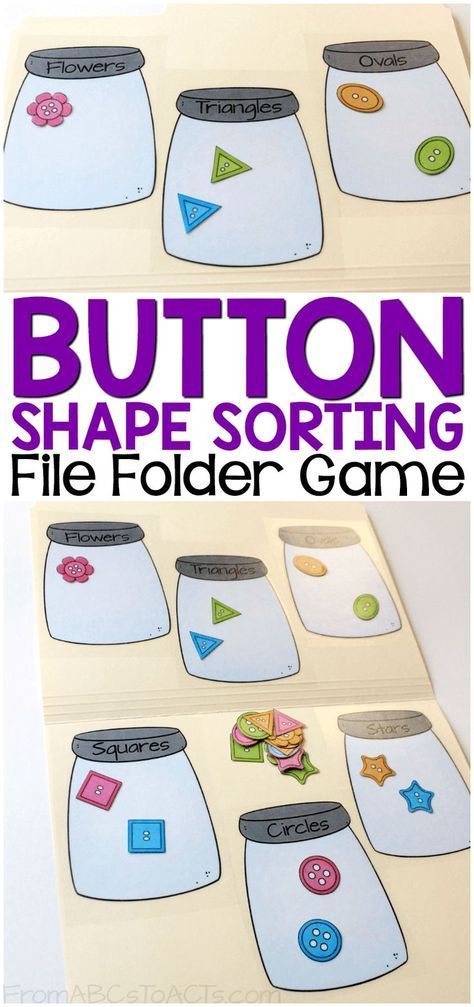
Walk it off.
Taking a walk gives children many opportunities to compare (which stone is bigger?), assess (how many acorns did we find?), note similarities and differences (does the duck have fur like the bunny does?) and categorize (see if you can find some red leaves). You can also talk about size (by taking big and little steps), estimate distance (is the park close to our house or far away?), and practice counting (let’s count how many steps until we get to the corner).
Picture time.
Use an hourglass, stopwatch, or timer to time short (1–3 minute) activities. This helps children develop a sense of time and to understand that some things take longer than others.
Shape up.
Point out the different shapes and colors you see during the day. On a walk, you may see a triangle-shaped sign that’s yellow. Inside a store you may see a rectangle-shaped sign that’s red.
Read and sing your numbers.
Sing songs that rhyme, repeat, or have numbers in them. Songs reinforce patterns (which is a math skill as well). They also are fun ways to practice language and foster social skills like cooperation.
Songs reinforce patterns (which is a math skill as well). They also are fun ways to practice language and foster social skills like cooperation.
Start today.
Use a calendar to talk about the date, the day of the week, and the weather. Calendars reinforce counting, sequences, and patterns. Build logical thinking skills by talking about cold weather and asking your child: What do we wear when it’s cold? This encourages your child to make the link between cold weather and warm clothing.
Pass it around.
Ask for your child’s help in distributing items like snacks or in laying napkins out on the dinner table. Help him give one cracker to each child. This helps children understand one-to-one correspondence. When you are distributing items, emphasize the number concept: “One for you, one for me, one for Daddy.” Or, “We are putting on our shoes: One, two.”
Big on blocks.
Give your child the chance to play with wooden blocks, plastic interlocking blocks, empty boxes, milk cartons, etc. Stacking and manipulating these toys help children learn about shapes and the relationships between shapes (e.g., two triangles make a square). Nesting boxes and cups for younger children help them understand the relationship between different sized objects.
Stacking and manipulating these toys help children learn about shapes and the relationships between shapes (e.g., two triangles make a square). Nesting boxes and cups for younger children help them understand the relationship between different sized objects.
Tunnel time.
Open a large cardboard box at each end to turn it into a tunnel. This helps children understand where their body is in space and in relation to other objects.
The long and the short of it.
Cut a few (3–5) pieces of ribbon, yarn or paper in different lengths. Talk about ideas like long and short. With your child, put in order of longest to shortest.
Learn through touch.
Cut shapes—circle, square, triangle—out of sturdy cardboard. Let your child touch the shape with her eyes open and then closed.
Pattern play.
Have fun with patterns by letting children arrange dry macaroni, chunky beads, different types of dry cereal, or pieces of paper in different patterns or designs.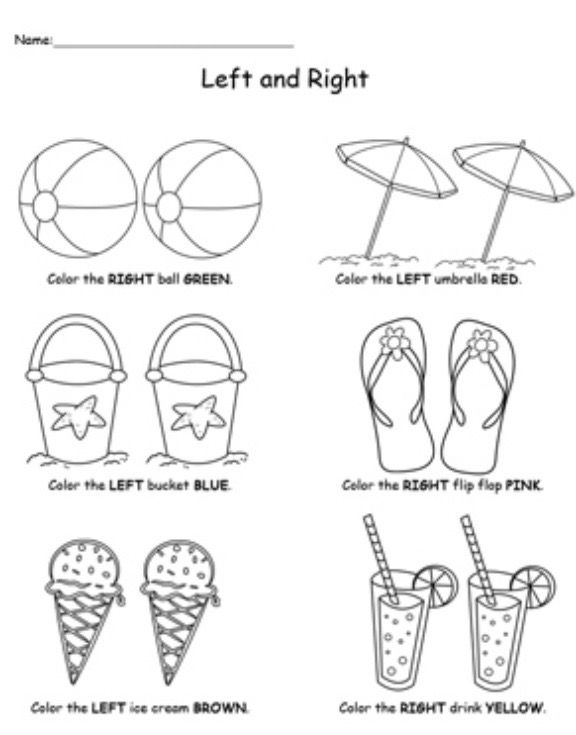 Supervise your child carefully during this activity to prevent choking, and put away all items when you are done.
Supervise your child carefully during this activity to prevent choking, and put away all items when you are done.
Laundry learning.
Make household jobs fun. As you sort the laundry, ask your child to make a pile of shirts and a pile of socks. Ask him which pile is the bigger (estimation). Together, count how many shirts. See if he can make pairs of socks: Can you take two socks out and put them in their own pile? (Don’t worry if they don’t match! This activity is more about counting than matching.)
Playground math.
As your child plays, make comparisons based on height (high/low), position (over/under), or size (big/little).
Dress for math success.
Ask your child to pick out a shirt for the day. Ask: What color is your shirt? Yes, yellow. Can you find something in your room that is also yellow? As your child nears three and beyond, notice patterns in his clothing—like stripes, colors, shapes, or pictures: I see a pattern on your shirt. There are stripes that go red, blue, red, blue.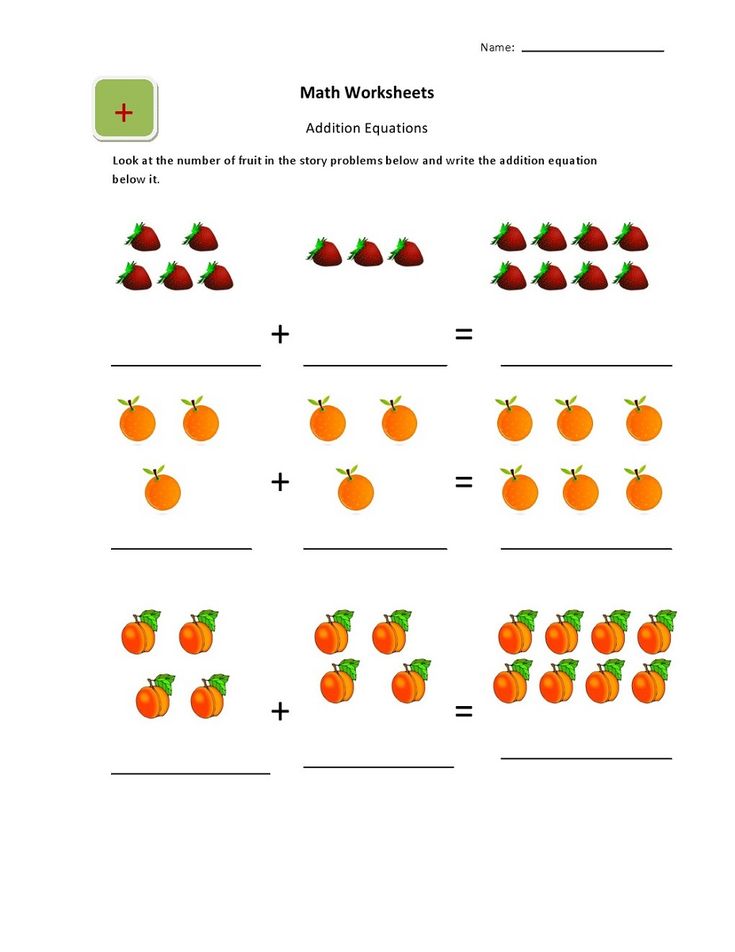 Or, Your shirt is covered with ponies—a big pony next to a little pony, all over your shirt!
Or, Your shirt is covered with ponies—a big pony next to a little pony, all over your shirt!
Graphing games.
As your child nears three and beyond, make a chart where your child can put a sticker each time it rains or each time it is sunny. At the end of a week, you can estimate together which column has more or less stickers, and count how many to be sure.
References
Bowman, B.T., Donovan, M.S., & Burns, M.S., (Eds.). (2001). Eager to learn: Educating our preschoolers. Washington, DC: National Academy of Sciences.
Diezmann, C., & Yelland, N. J. (2000). Developing mathematical literacy in the early childhood years. In Yelland, N.J. (Ed.), Promoting meaningful learning: Innovations in educating early childhood professionals. (pp.47–58). Washington, DC: National Association for the Education of Young Children.
Fromboluti, C. S., & Rinck, N. (1999 June). Early childhood: Where learning begins. U.S. Department of Education, Office of Educational Research and Improvement, National Institute on Early Childhood Development and Education.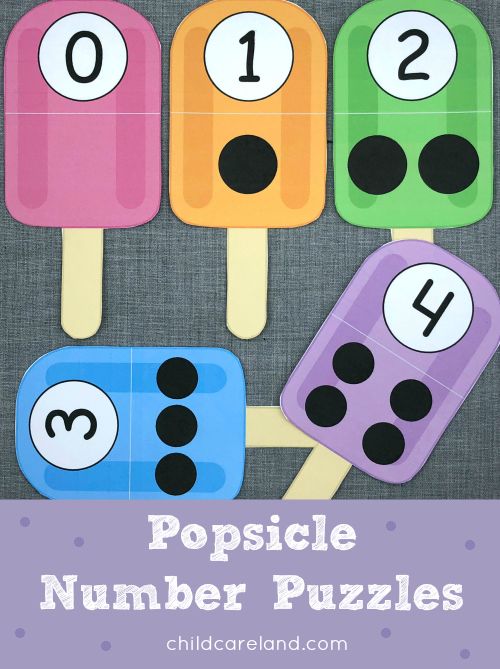 Retrieved on May 11, 2018 from https://www2.ed.gov/pubs/EarlyMath/title.html
Retrieved on May 11, 2018 from https://www2.ed.gov/pubs/EarlyMath/title.html
Math Skills for Preschoolers: 4 Ways to Set the Stage for Success
By Hannah Meinke on 10/26/2020
If math was never your top subject in school, it might seem hard to imagine yourself as one of the people responsible for teaching preschoolers the foundational mathematic skills they’ll need for future success. The good news is at this level you won’t be bogged down trying to remember the quadratic equation or what cosine means—you’ll be covering the basics for others to build upon. Better yet? You might be surprised just how receptive toddlers are to learning numbers, shapes, and even simple equations.
Teaching math to toddlers doesn’t have to be boring. In fact, it should be fun! And we’ll give you just the tools you need to do it. This article will break down some of the most important math skills for preschoolers and provide simple exercises to practice each one.
In fact, it should be fun! And we’ll give you just the tools you need to do it. This article will break down some of the most important math skills for preschoolers and provide simple exercises to practice each one.
Why is it important to build math skills in preschool?
If you’re an early childhood educator, you probably already know the lasting impact early experiences have on the architecture of a child’s brain. Studies show that preschool not only influences cognitive abilities but also behavior, social skills and self-esteem.1
According to one study, the same neural networks that allow children to count to ten are those used to think about complex mathematics later on.2 By using math-related exercises now, you can help lay the foundation for problem-solving, logic, and even determination. So, as you explore math skills for preschoolers, you can be sure that your work is making a difference.
4 Math skills to develop in preschoolers
While being able to count to ten is important, math is about more than just numbers.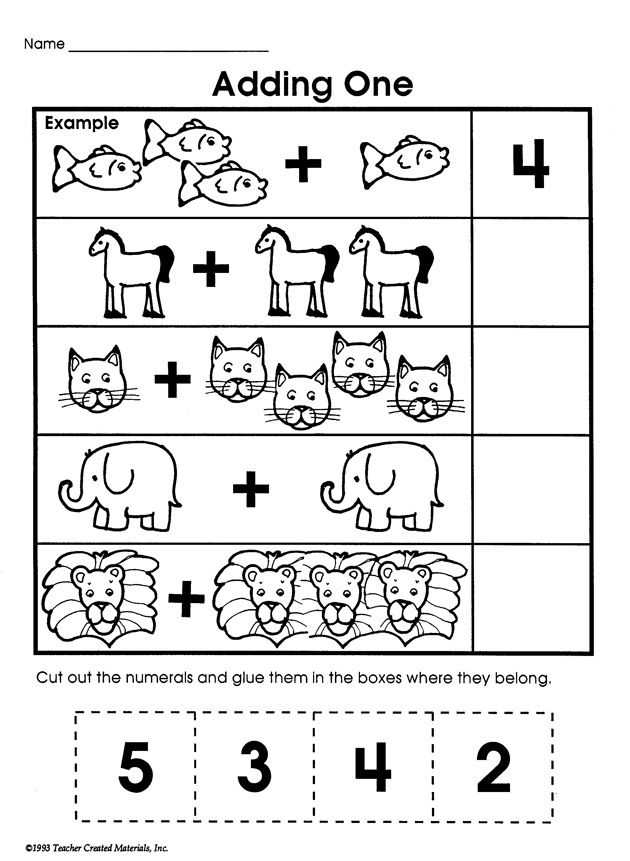 As you help your toddlers develop the following skills, you’ll see that it’s a helpful lens to make sense of the world.
As you help your toddlers develop the following skills, you’ll see that it’s a helpful lens to make sense of the world.
1. Number recognition
Being able to recognize numbers is the first step in carrying out more complex math skills. By using tactile materials, you can help children learn about numbers and see their value in terms of the world around them.
Try it at home:
- Numbered hopscotch: This is a great option because it’s simple and can be modified for every child. Either help call out the numbered squares as children move through them or have them do it on their own. All you need is some chalk and a stretch of pavement. As an added bonus, this is an easy way to burn off extra energy.
- Dice games: Dice are an underrated tool for developing numerical literacy. At a basic level, the dots on each side can be counted to reinforce how a number can be visualized. As they get more comfortable, start with simple games that involve taking turns rolling the dice.
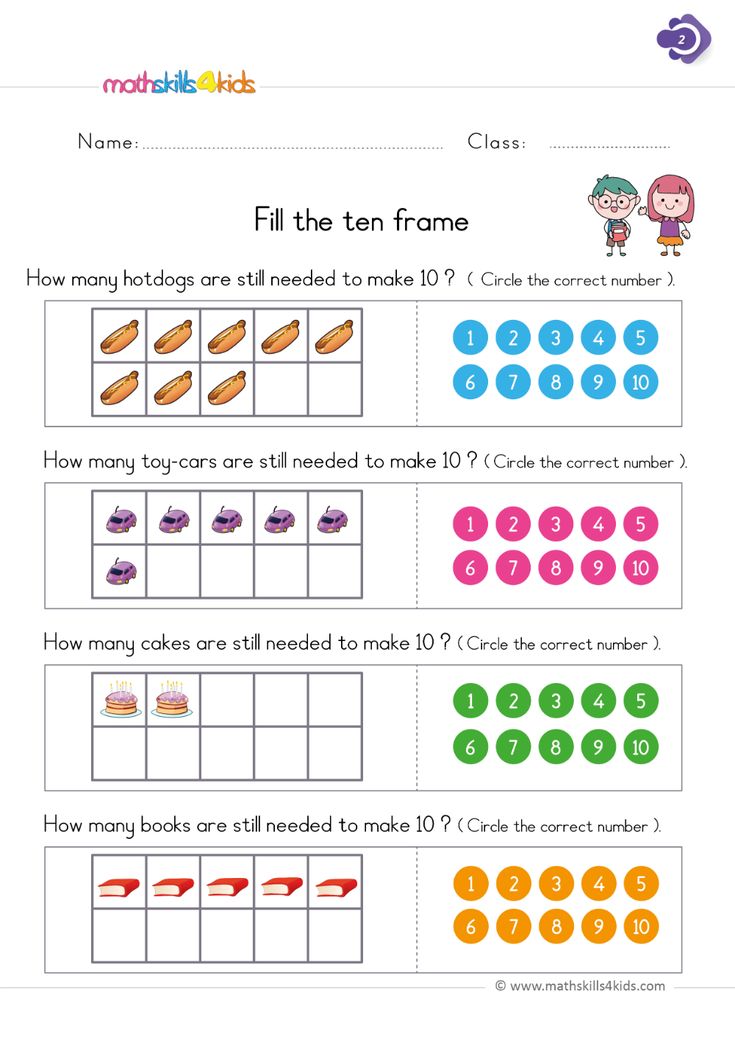 Once it lands on a number, call out a move like jumping jacks or spins and count out each motion until they reach the number on the dice. This helps children see that numbers can be represented in different ways.
Once it lands on a number, call out a move like jumping jacks or spins and count out each motion until they reach the number on the dice. This helps children see that numbers can be represented in different ways.
2. One-to-one correspondence
This skill is all about recognizing when two different groups have the same number of items. As children learn to visualize numbers, it’s important to identify how they relate to things around them. One-to-one correspondence is a great way to make math "real" for them by using objects and scenarios from your everyday life.
Try it at home:
- Setting the table: This activity, from Zero To Three, helps children take responsibility for their own learning. By asking the child to lay out a plate for each member of your family, you can help them see the connection between plates and people. Emphasize “one for you,” “one for me,” and so on. Then, ask them how many plates there are total.
- Help in the kitchen: When you think about preschoolers in the kitchen, you may very well visualize the mess of all messes, but, according to PBS, baking can be a great way to help kids connect numbers to their lives.
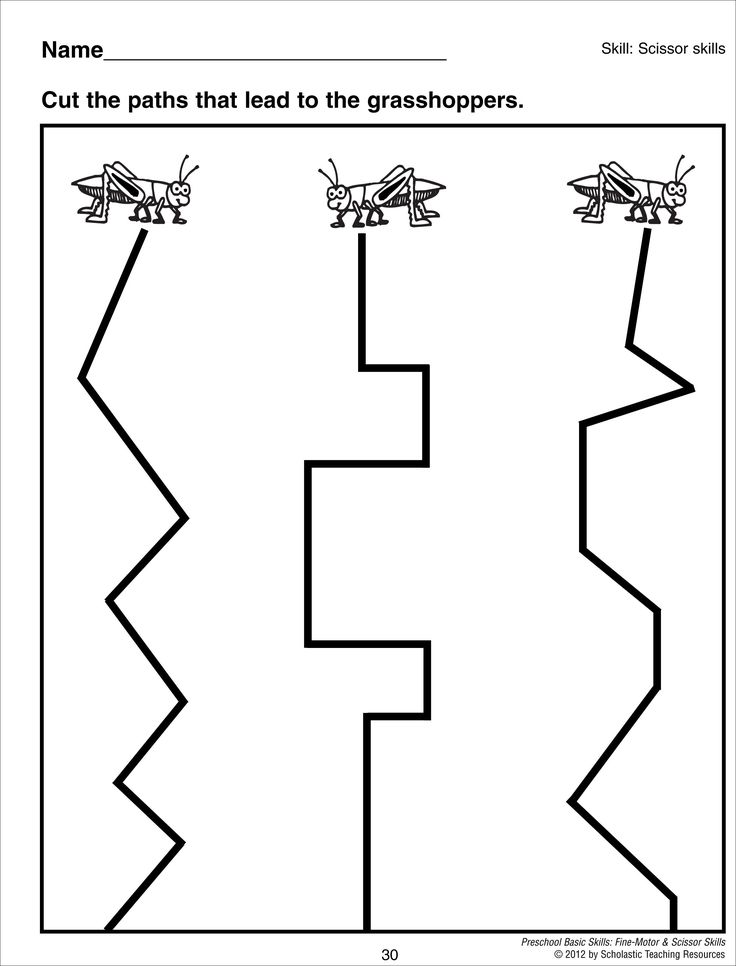 Have them top your cookies with chocolates. One candy for each cookie, then count the total number of cookies.
Have them top your cookies with chocolates. One candy for each cookie, then count the total number of cookies.
3. Comparing differences
Being able to distinguish differences in value, height, weight, and shape promotes critical thinking, spatial awareness and equips preschoolers for more advanced math skills.
Try it at home:
- Shape sorter: Let children simply explore the differences between shapes and colors by playing with a shape sorter. Buy one or make your own by cutting shapes into an empty cardboard box and use different objects from around the house.
- Compare yourself: Have children trace their hand on a piece of paper. Then, trace yours on top of it. Let them see the differences. Ask, “Which is bigger? Why?” You can also compare the size of your shoes, how far you can reach, and even the length of your shadows.
4. Identifying patterns
Learning about patterns helps children make predictions, logical connections, and use reasoning to solve problems.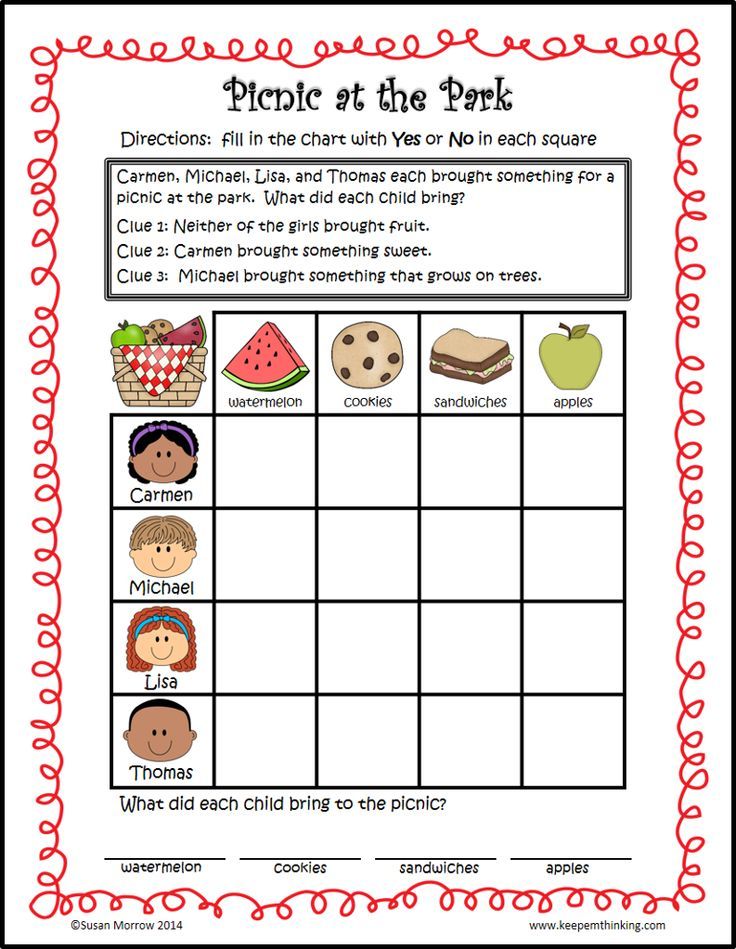 This requires them to recognize differences between items as well as how they function together.
This requires them to recognize differences between items as well as how they function together.
Try it at home:
- Patterns with blocks: Start a pattern with different color blocks such as blue, red, blue and so on. Prompt the child to continue the pattern. This activity from YoungMathematicians not only helps children spot intentional designs but helps develop motor skills and mirroring.
- When in doubt, sing: One of the easiest ways for children to recognize patterns is in song and rhyme. While they don’t necessarily have to be about math-related topics, there are plenty of songs that help children learn to count, sort, compare and more. Playing songs like this in the car or at home is just another way to make learning about math fun.
Empower preschoolers to think big
From the outside, these activities may just look like fun ways to pass the time with toddlers, but there is far more going on beneath the surface.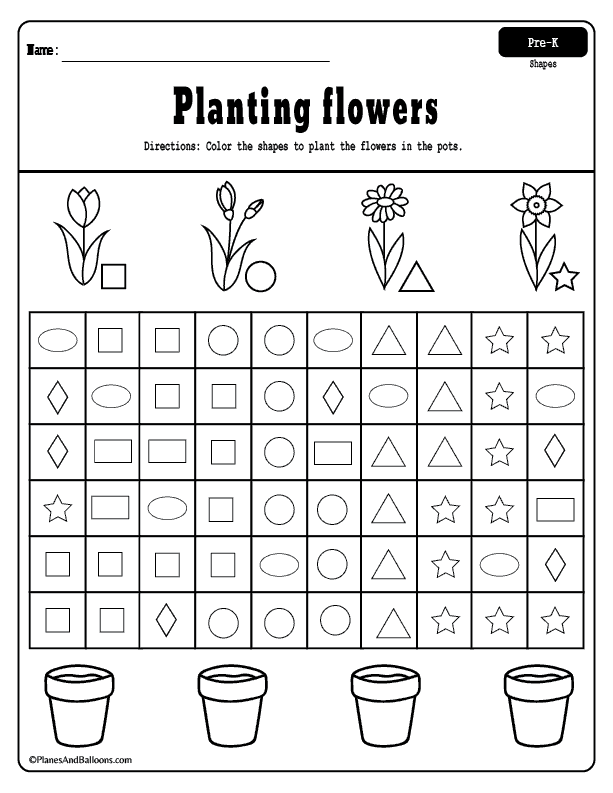 By investing in math skills for preschoolers, you’re helping develop crucial early experiences that help children make sense of the world. This is one of the many reasons early childhood educators continually explore new ways to empower their students.
By investing in math skills for preschoolers, you’re helping develop crucial early experiences that help children make sense of the world. This is one of the many reasons early childhood educators continually explore new ways to empower their students.
If you’re interested in taking your ECE practice to the next level, check out our article, “What Can I Do with an Early Childhood Education Degree?”, to see how education could help you increase your impact.
1National Bureau of Economic Research, Schools, Skills and Synapses [accessed August 2020] https://www.nber.org/papers/w14064
2Proceedings of The National Academy of Science of The United States of America, Origins of The Brain Networks For Advanced Mathematics In Expert Mathematicians [accessed August 2020] https://www.pnas.org/content/113/18/4909
About the author
Hannah Meinke
Hannah Meinke is a writer at Collegis Education. She enjoys helping people discover their purpose and passion by crafting education and career-related content on behalf of Rasmussen University.
She enjoys helping people discover their purpose and passion by crafting education and career-related content on behalf of Rasmussen University.
Posted in Early Childhood Education
- early childhood education
- ECE activities
Brianna Flavin | 04.04.2023
What Is Trauma-Informed Education? What ECE Pros Should KnowJordan Jantz | 10.10.2022
What Is Scaffolding? Exploring This Child Development ConceptErin DeFrance | 10.03.2022
13 Fun Ways to Develop Motor Skills in Young Children Patrick Flavin | 09. 19.2022
19.2022
This piece of ad content was created by Rasmussen University to support its educational programs. Rasmussen University may not prepare students for all positions featured within this content. Please visit www.rasmussen.edu/degrees for a list of programs offered. External links provided on rasmussen.edu are for reference only. Rasmussen University does not guarantee, approve, control, or specifically endorse the information or products available on websites linked to, and is not endorsed by website owners, authors and/or organizations referenced. Rasmussen University is accredited by the Higher Learning Commission, an institutional accreditation agency recognized by the U.S. Department of Education.
Development of mathematical abilities in preschoolers: identification and exercises
Contents
- 1 What abilities at preschool age are related to mathematical
- 2 Elementary mathematical representations of preschoolers
- 3 Developing the mathematical abilities of a child in the game
- 3.
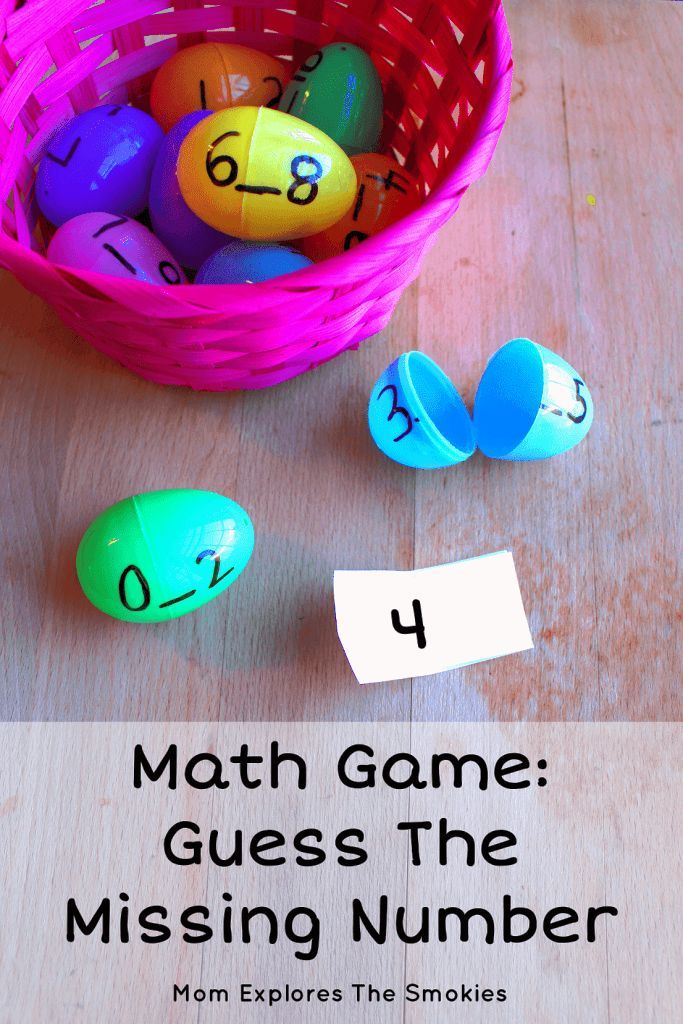 Development of analysis and synthesis exercises
Development of analysis and synthesis exercises - 3.2 Abstraction and generalization exercises
- 3.3 Logic and mathematics games
Mathematical abilities have a direct impact on the mental development of a preschooler. A child has to look at the world around him with a “mathematical eye” to a much greater extent than an adult. The reason is that in a short period of time, the child's brain needs to deal with shapes and sizes, geometric shapes and spatial orientation, understand their characteristics and relationships. Therefore, preschool age is favorable for the development of the mathematical abilities of the child.
What abilities at preschool age are related to mathematics
Many parents think that it is too early to develop the mathematical abilities of children at preschool age. And they mean by this concept some special abilities that allow children to operate with large numbers, or a passion for formulas and algorithms.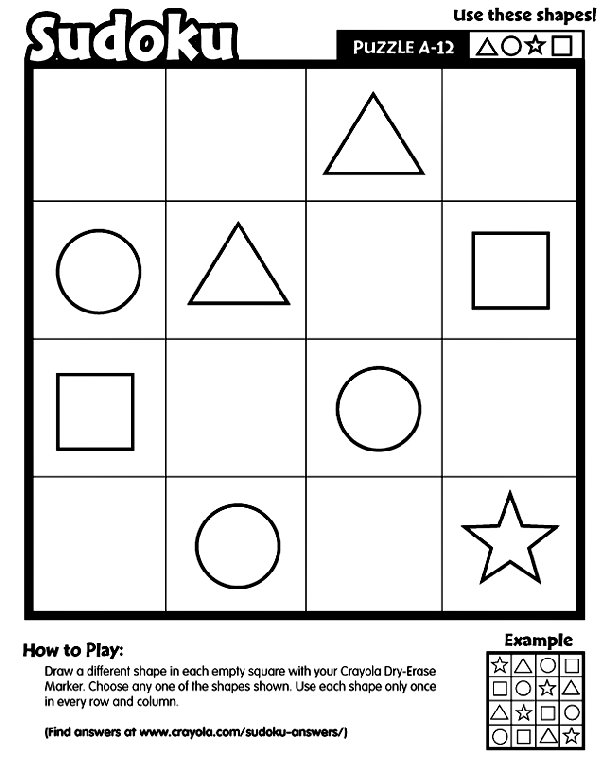
Another extreme is to say that a child is capable of mathematics if he learned early to count and even answer questions, how much will be 2 + 3 ...
In the first case, abilities are confused with natural giftedness, and in the other, a pleasing result may have nothing to do with mathematics. Perhaps the child liked the rhythm of counting or remembered the images of numbers in an arithmetic example.
To dispel this misconception, it is important to clarify what abilities are called mathematical.
Mathematical abilities - these are the features of the flow of the thought process with the severity of analysis and synthesis, rapid abstraction and generalization in relation to mathematical material.
The thinking of a preschooler is based on the same mental operations. They develop in all children with varying efficiency. It is possible and necessary to stimulate their development.
This does not mean at all that the child will awaken mathematical talent, and he will grow up to be a real mathematician. But, if you develop the ability to analyze, highlight signs, generalize, build a logical chain of thoughts, then this will contribute to the development of the preschooler's mathematical abilities and more general intellectual ones.
But, if you develop the ability to analyze, highlight signs, generalize, build a logical chain of thoughts, then this will contribute to the development of the preschooler's mathematical abilities and more general intellectual ones.
Elementary mathematical representations of preschoolers
Thus, the ability to do mathematics goes far beyond arithmetic and develops on the basis of mental operations. But, just as the word is the basis of speech, so in mathematics there are elementary ideas, without which it is pointless to talk about development.
Toddlers need to be taught to count, to get acquainted with quantitative ratios, to expand their knowledge of geometric shapes. By the end of preschool age, the child should have basic mathematical representations:
- Know all the numbers from 0 to 9 and recognize them in any form of writing.
- Count from 1 to 10, both forward and backward (starting with any digit).
- Have an idea about simple ordinal numbers and be able to operate with them.

- Perform addition and subtraction operations within 10.
- Be able to equalize the number of items in two sets (There are 5 apples in one basket, 7 pears in the other. What needs to be done so that the fruits in the baskets are equally divided?).
- Know the basic geometric shapes and name the features that distinguish them.
- Operate with quantitative ratios "more-less", "further-closer".
- Operate with simple qualitative ratios: largest, smallest, lowest, etc.
- Understand complex relationships: "bigger than the smallest, but smaller than others", "ahead and above others", etc.
- Be able to identify an extra object that does not fit the rest of the group.
- Arrange simple rows in ascending and descending order (The cubes show dots in the amount of 3, 5, 7, 8. Arrange the cubes so that the number of dots on each subsequent one decreases).
- Find the corresponding place of an object with a numerical attribute (On the example of the previous task: cubes with points 3, 5 and 8 are placed.
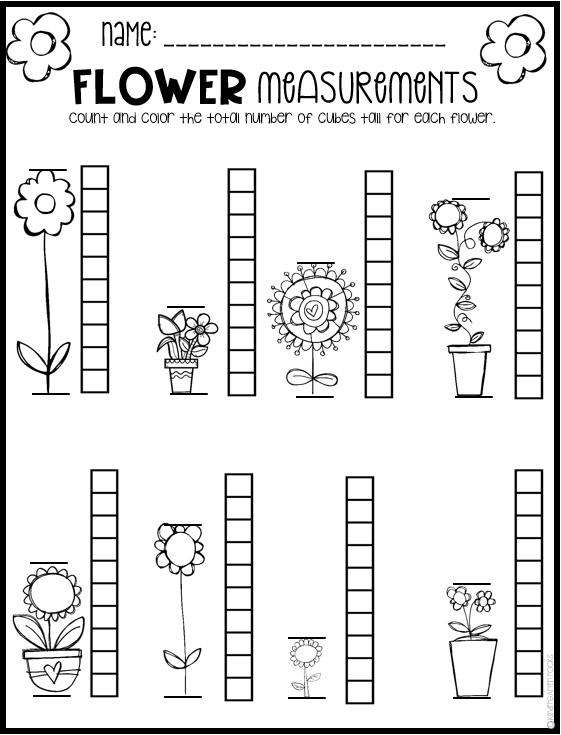 Where to put a cube with 7 points?).
Where to put a cube with 7 points?).
This mathematical "baggage" is to be accumulated by the child before entering school. The listed representations are elementary. It is impossible to study mathematics without them.
Among the basic skills, there are quite simple ones that are available already at 3-4 years old, but there are also those (9-12 points) that use the simplest analysis, comparison, generalization. They have to be formed in the process of playing lessons at the senior preschool age.
The list of elementary representations can be used to identify the mathematical abilities of preschoolers. Having offered the child to complete the task corresponding to each item, they determine which skills have already been formed and which ones need to be worked on.
We develop the child's mathematical abilities in the game
Completing tasks with a mathematical bias is especially useful for children, as it develops intellectual abilities. The value lies not only in the accumulation of mathematical concepts and skills, but also in the fact that the general mental development of the preschooler takes place.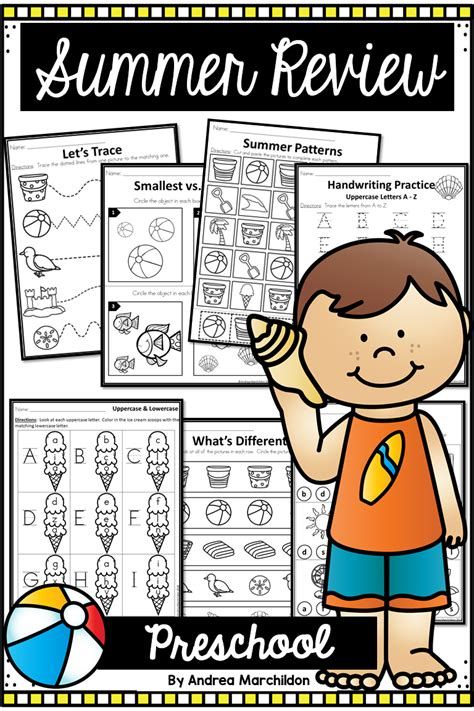
In practical psychology, there are three categories of play activities aimed at developing individual components of mathematical abilities.
- Exercises to determine the properties of objects, identifying objects according to the indicated attribute (analytical and synthetic abilities).
- Games for comparing various properties, identifying essential features, abstracting from secondary ones, generalization.
- Games for the development of logical conclusions based on mental operations.
The development of mathematical abilities in preschool children should be carried out exclusively in the form of a game.
Exercises for the development of analysis and synthesis
1. Stand in order! A game to arrange objects by size. Prepare 10 one-color strips of cardboard of the same width and different lengths and arrange them randomly in front of the preschooler.
Instructions: "Rank the 'athletes' in order of height from shortest to tallest. " If the child is at a loss with the choice of the strip, invite the "athletes" to measure their height.
After completing the task, ask the child to turn away and swap some of the strips. The preschooler will have to return the "hooligans" to their places.
2. Fold the square. Prepare two sets of triangles. 1st - one large triangle and two small ones; 2nd - 4 identical small ones. Invite the child to first fold a square of three parts, then of four.
Picture 1.
If a preschooler spends less time compiling the second square, it means that understanding has come. Capable children complete each of these tasks in less than 20 seconds.
Abstraction and generalization exercises
1. The fourth is extra. You will need a set of cards that show four items. On each card, three objects should be interconnected by a significant feature.
Instruction: “Find what is missing in the picture. What does not suit everyone else and why?
Figure 2.
Such exercises should start with simple groups of objects and gradually complicate them. For example, a card with the image of a table, a chair, a kettle and a sofa can be used in classes with 4-year-old children, and sets with geometric shapes can be offered to older preschoolers.
2. Build a fence. Prepare at least 20 strips of equal length and width, or counting sticks in two colors. For example: blue - C, and red - K.
Instruction: “Let's build a beautiful fence where colors alternate. The first will be a blue stick, followed by a red one, then ... (we continue to lay out the sticks in the sequence SKSSKKSK). And now you continue to build a fence so that there is the same pattern.
In case of difficulty, draw the child's attention to the rhythm of the alternation of colors. The exercise can be performed several times with a different rhythm of the pattern.
Logical and mathematical games
1. We're going-going-going . It is necessary to select 10-12 rectangular pictures depicting objects well known to the child. A child plays with an adult.
Instructions: “Now we will make a train of wagons, which will be firmly connected with each other by an important feature. There will be a cup in my trailer (puts the first picture), and in order for your trailer to join, you can select a picture with a picture of a spoon. The cup and spoon are connected because they are dishes. I will complete our train with a picture of a scoop, since the scoop and spoon have a similar shape, etc.”
The train is ready to go if all the pictures have found their place. You can mix pictures and start the game again, finding new relationships.
2. Fix the rug. Tasks for finding a suitable "patch" for the rug are of great interest to preschoolers of different ages. To play the game, you need to make several pictures that show a rug with a cut out circle or rectangle. Separately, it is necessary to depict options for “patches” with a characteristic pattern, among which the child will have to find a suitable one for the rug.
It is necessary to start completing tasks with the color shades of the rug. Then offer cards with simple patterns of rugs, and as the skills of logical choice develop, complicate the tasks on the model of the Raven test.
Figure 3.
“Repairing” a rug simultaneously develops a number of important aspects: visual-figurative representations, mental operations, the ability to recreate the whole.
Recommendations for parents on the development of the child's mathematical abilities
Humanitarian parents often tend to ignore the development of mathematical abilities in their children, and this is a mistaken approach. At preschool age, these abilities are used by the child to learn about the world around them.
A preschooler needs to be stimulated with a mathematical approach in order to understand the patterns, cause-and-effect and logical patterns of real life.
From early childhood, a child should be surrounded by educational toys that require elementary analysis and the search for regular connections. These are various pyramids, mosaics, insert toys, sets of cubes and other geometric bodies, LEGO constructors.
Upon reaching the age of three, it is necessary to supplement the child's cognitive activity with play activities that stimulate the formation of mathematical abilities. In this case, several important points should be taken into account:
- Educational games should be short. Preschoolers with the right inclinations show curiosity about such games, therefore, they should last as long as there is interest. Other children need to be skillfully lured to complete the task.
- Games of an analytical and logical nature must be carried out using visual material - pictures, toys, geometric shapes.
- Stimulus material for the game is easy to prepare yourself, focusing on the examples in this article.
Scientists proved that the use of geometric material is most effective in the development of mathematical abilities. The perception of figures is based on sensory abilities that are formed in the child before other general and special talents, allowing the baby to capture the connections and relationships between objects or their details.
But one should not ignore tasks that are easy to use in conversations with a preschooler without the use of any visual aids. Eliminating the superfluous from a set of four objects, determining the similarity of two objects and exemplary exercises are an effective simulator for developing the child's thinking skills.
Developing logical and mathematical games and exercises contribute to the formation of independent thinking of a preschooler, his ability to highlight the main thing in a significant amount of information. And these are the qualities that are necessary for successful learning.
Formation of elementary mathematical skills in preschoolers | Article (senior group) on the topic:
In the XVIII-XIX centuries. issues of the content and methods of teaching arithmetic to preschool children and the development of ideas about dimensions, measures of measurement, time and space are reflected in the advanced pedagogical systems of education developed by Ya. A. Comenius, I.G. Pestalozzi, K.D. Ushinsky, L.N. Tolstoy, etc. [24]
Mathematics is one of the most difficult subjects in the school cycle. Therefore, in kindergarten today, the child must learn elementary mathematical knowledge. However, the problem of the formation and development of children's mathematical abilities is one of the least developed methodological problems of preschool pedagogy today.
Teaching preschoolers the basics of mathematics is given an important place. This is due to a number of reasons: the beginning of schooling from the age of six, the abundance of information received by the child, increased attention to computerization, the desire to make the learning process more intense. [11]
Traditionally, the problem of assimilation and accumulation of knowledge of a mathematical nature in preschool pedagogy is associated mainly with the formation of ideas about a natural number and actions with it (counting, counting, arithmetic operations and comparison of numbers, measurement of scalar quantities, etc. ). The formation of elementary mathematical representations is a means of mental development of the child, his cognitive abilities.
The use of various didactic games contributes to the formation of a child's mathematical concepts. In the game, the child acquires new knowledge, skills and abilities. Games that contribute to the development of perception, attention, memory, thinking, the development of creative abilities are aimed at the mental development of a preschooler as a whole. The mathematical development of a preschooler is a process of qualitative change in the intellectual sphere of the individual, which occurs as a result of the formation of mathematical representations and concepts in the child.
For a long time, the concepts of the initial teaching of number and counting to young children were built either on the basis of speculative theoretical constructions or through empirical experience. Outstanding thinkers of the past (J. A. Comenius, I. G. Pestalozzi, K.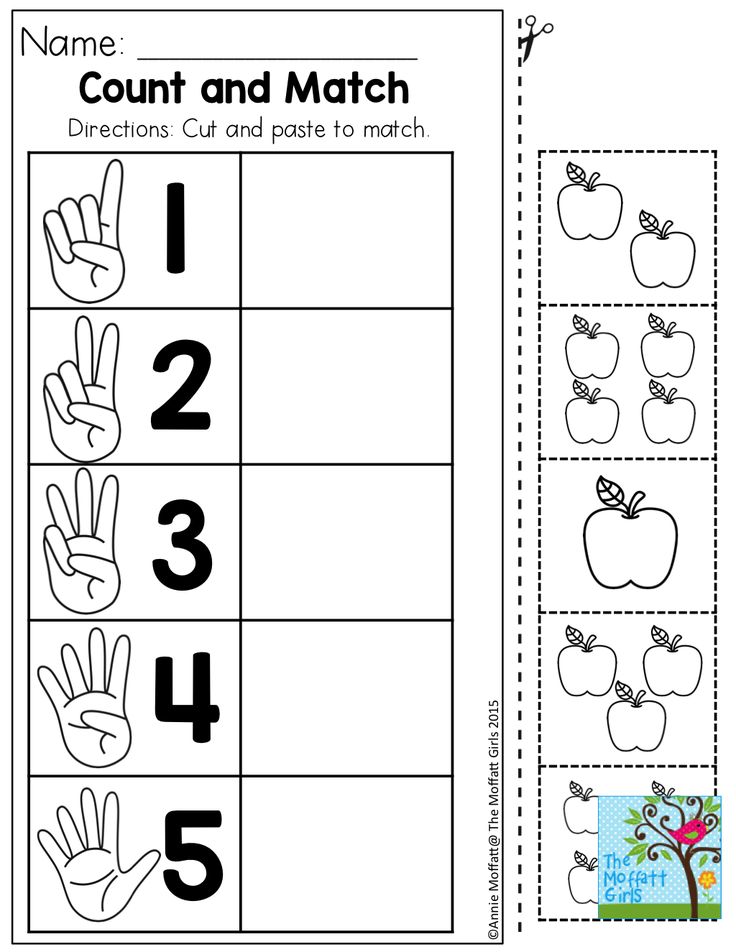 D. Ushinsky, L. N. Tolstoy), prominent figures in the field of preschool education abroad (F. Fröbel, M. Montessori) and in our country (E. I. Tikheeva, F. N. Bleher) successfully combined direct work with children with a theoretical understanding of its results. [23]
D. Ushinsky, L. N. Tolstoy), prominent figures in the field of preschool education abroad (F. Fröbel, M. Montessori) and in our country (E. I. Tikheeva, F. N. Bleher) successfully combined direct work with children with a theoretical understanding of its results. [23]
Teachers of that era, under the influence of the requirements of developing practice, came to the conclusion that it was necessary to prepare children for the assimilation of mathematics. They made certain proposals about the content and methods of teaching children, mainly in a family setting.
Methods for developing ideas about number and form in children were reflected and further developed in the systems of sensory education of the German teacher F. Fredel (1782-1852), the Italian teacher M. Montessori (1870-1952), etc. In general, teaching mathematics in The system of Maria Montessori began with a sensory impression, then a transition was made to understanding the symbol, which made mathematics attractive and accessible even for 3-4-year-old children.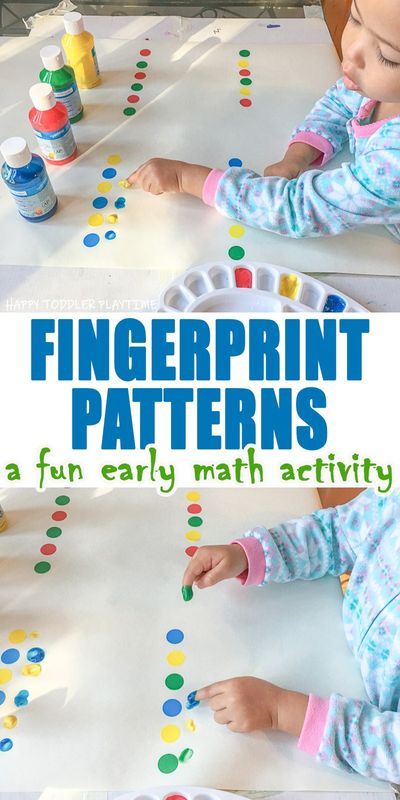 [26]
[26]
So, the leading teachers of the past, Russian and foreign, recognized the role and necessity of primary mathematical knowledge in the development and upbringing of preschool children, singled out the account as a means of mental development and strongly recommended that children be taught it as early as possible, from about 3 years old .
Mathematical development plays a significant role in the mental development of preschool children. "The mathematical development of preschoolers should be understood as shifts and changes in the cognitive activity of the individual, which occur as a result of the formation of elementary mathematical representations and the logical operations associated with them." Thus, the mathematical development of preschool children is understood as qualitative changes in the forms of their cognitive activity that occur as a result of the formation of elementary mathematical representations and the logical operations associated with them. [23]
Content, organization of the mathematical development of preschoolers, taking into account age-related characteristics in the development of practical actions by children, mathematical connections and patterns, continuity in the development of mathematical abilities are the leading principles in the formation of mathematical concepts.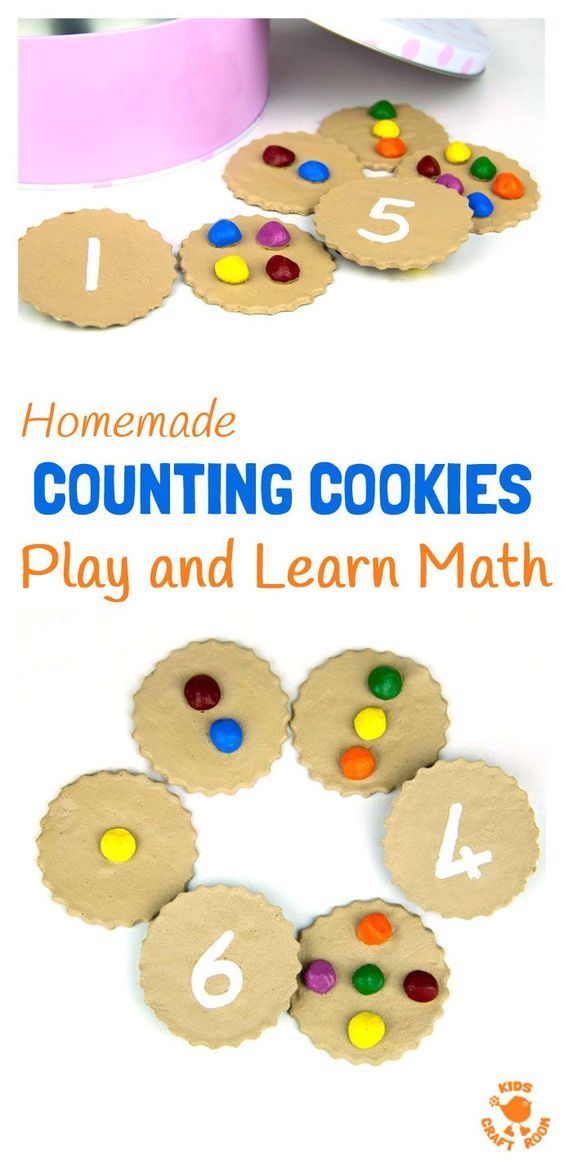 Education in kindergarten is aimed primarily at educating children in the habit of full-fledged logical argumentation of the environment. The experience of teaching indicates that the development of logical thinking of preschoolers is most facilitated by the study of the principles of mathematics. The mathematical style of thinking is characterized by clarity, brevity, dismemberment, accuracy and logic of thought, the ability to use symbolism.
Education in kindergarten is aimed primarily at educating children in the habit of full-fledged logical argumentation of the environment. The experience of teaching indicates that the development of logical thinking of preschoolers is most facilitated by the study of the principles of mathematics. The mathematical style of thinking is characterized by clarity, brevity, dismemberment, accuracy and logic of thought, the ability to use symbolism.
One of the most complex knowledge, skills and abilities included in the content of social experience that the younger generations master is mathematical. They are abstract in nature, operating with them requires the implementation of a system of complex mental actions. In everyday life, in everyday life and in games, the child begins to encounter situations early enough that require the use of, although elementary, but still mathematical solutions (prepare treats for friends, set the table for dolls, divide sweets equally, etc. .), knowledge of such relationships as many, few, more, less, equally, the ability to determine the number of objects in the set, choose the appropriate number of elements from the set, etc.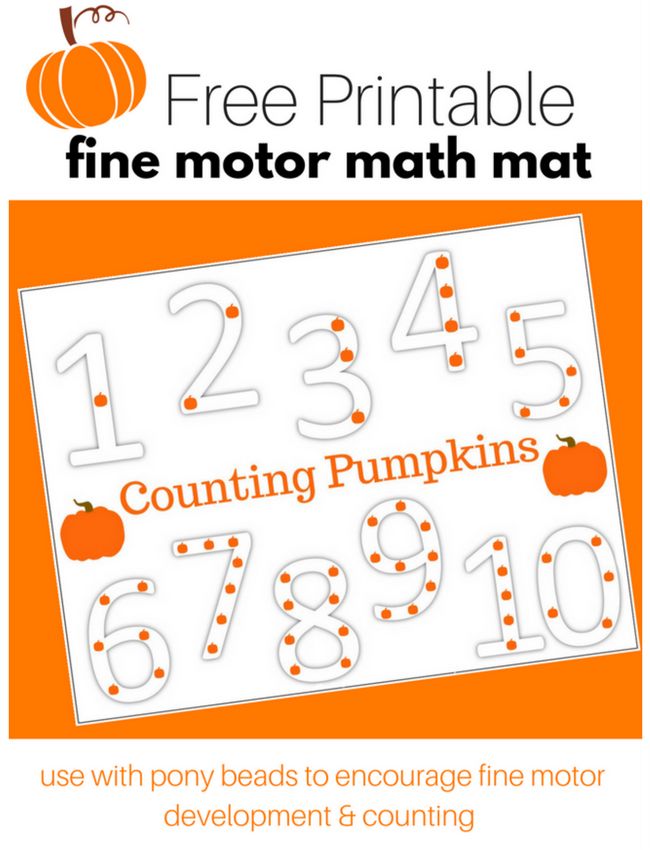 First, with the help of adults, and then on their own, children solve problems that arise. [18]
First, with the help of adults, and then on their own, children solve problems that arise. [18]
Thus, already at preschool age, children get acquainted with mathematical content and master elementary computational skills, and the formation of elementary mathematical representations in them is one of the important areas of work for preschool institutions.
The concept of "development of mathematical abilities" is quite complex, complex and multifaceted. It consists of interrelated and interdependent ideas about space, shape, size, time, quantity, their properties and relationships, which are necessary for the formation of "everyday" and "scientific" concepts in a child. [21]
Mathematical development of preschoolers is understood as qualitative changes in the child's cognitive activity that occur as a result of the formation of elementary mathematical concepts and related logical operations.
The mathematical development of preschool children was laid down in the works of L.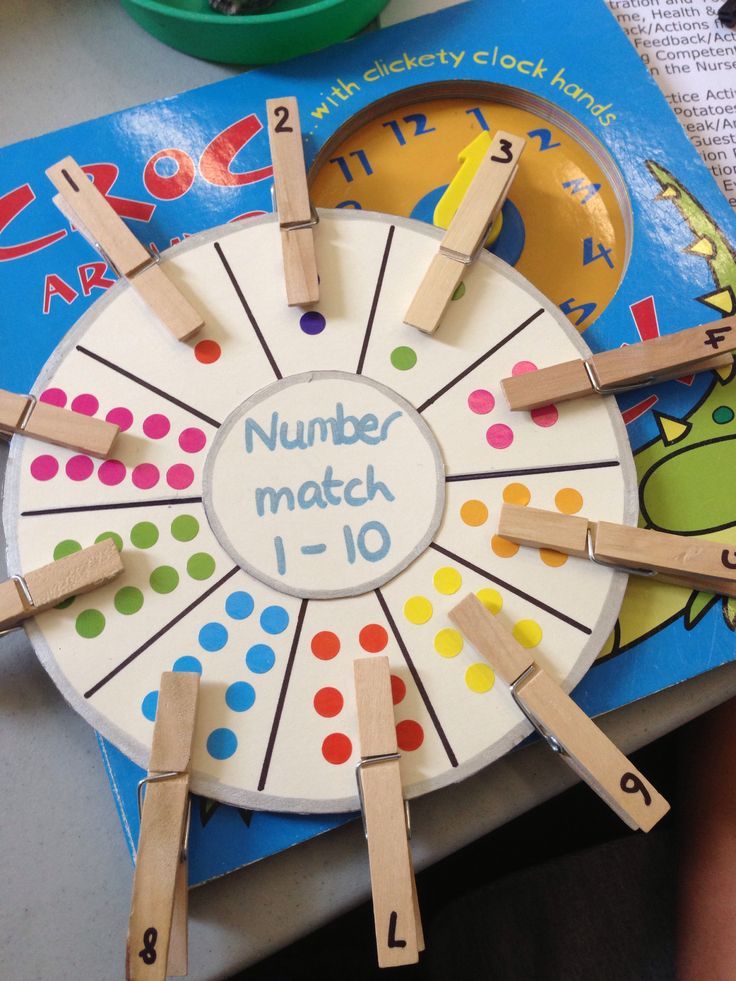 A. Wenger and today is the most common in the theory and practice of teaching mathematics to preschoolers. The purpose of teaching in the classroom in kindergarten is the assimilation by the child of a certain range of knowledge and skills given by the program. The development of mental abilities in this case is achieved indirectly: in the process of mastering knowledge. This is precisely the meaning of the widespread concept of “developmental education”. The developmental effect of learning depends on what knowledge is communicated to children and what teaching methods are used. [6]
A. Wenger and today is the most common in the theory and practice of teaching mathematics to preschoolers. The purpose of teaching in the classroom in kindergarten is the assimilation by the child of a certain range of knowledge and skills given by the program. The development of mental abilities in this case is achieved indirectly: in the process of mastering knowledge. This is precisely the meaning of the widespread concept of “developmental education”. The developmental effect of learning depends on what knowledge is communicated to children and what teaching methods are used. [6]
According to V.V. Abashina, the mathematical development of a preschooler is a process of qualitative change in the intellectual sphere of the individual, which occurs as a result of the formation of mathematical representations and concepts in the child.
From the study by EI Shcherbakova, the mathematical development of preschoolers should be understood as shifts and changes in the cognitive activity of the individual, which occur as a result of the formation of elementary mathematical representations and the logical operations associated with them.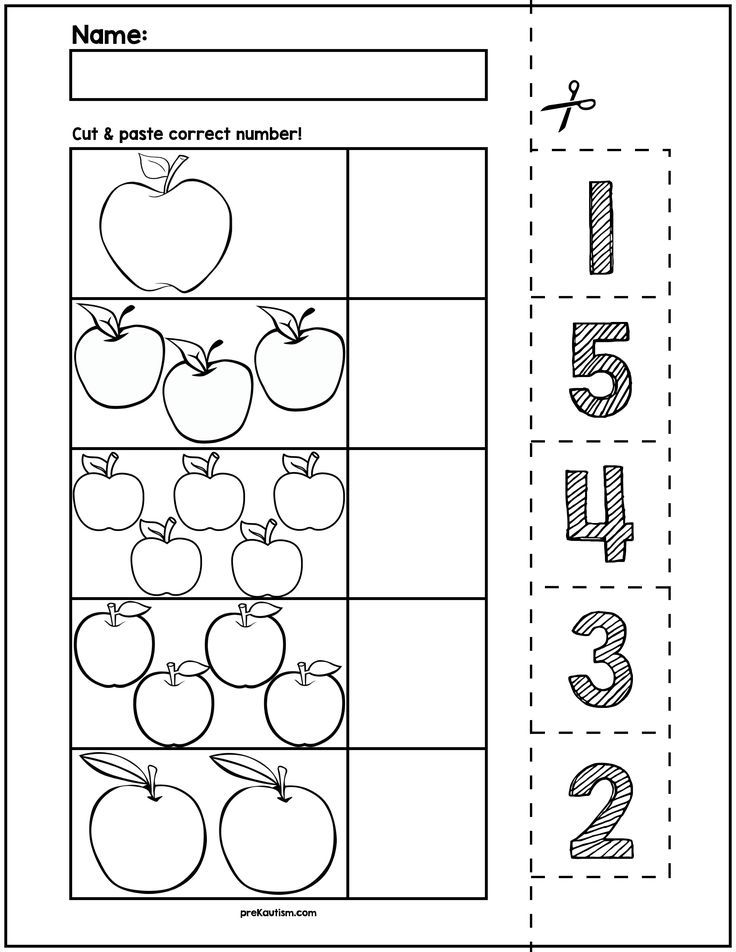 In other words, the mathematical development of preschool children is a qualitative change in the forms of their cognitive activity that occurs as a result of children mastering elementary mathematical concepts and related logical operations. [25]
In other words, the mathematical development of preschool children is a qualitative change in the forms of their cognitive activity that occurs as a result of children mastering elementary mathematical concepts and related logical operations. [25]
Having stood out from preschool pedagogy, the methodology for the formation of elementary mathematical representations has become an independent scientific and educational area. The subject of her research is the study of the main patterns of the process of formation of elementary mathematical representations in preschoolers in the context of public education. The range of tasks of mathematical development solved by the method is quite extensive: [17]
- scientific substantiation of program requirements for the level of development of quantitative, spatial, temporal and other mathematical representations of children in each age group;
- determination of the content of the material for preparing a child in kindergarten for learning mathematics at school;
- improvement of the material on the formation of mathematical representations in the kindergarten curriculum;
- development and introduction into practice of effective didactic means, methods and various forms and organization of the process of development of elementary mathematical concepts;
- implementation of continuity in the formation of basic mathematical concepts in kindergarten and the corresponding concepts in school;
- development of the content for the training of highly qualified personnel capable of carrying out pedagogical and methodological work on the formation and development of mathematical concepts in children in all parts of the preschool education system;
- development on a scientific basis of guidelines for parents on the development of mathematical concepts in children in a family setting.
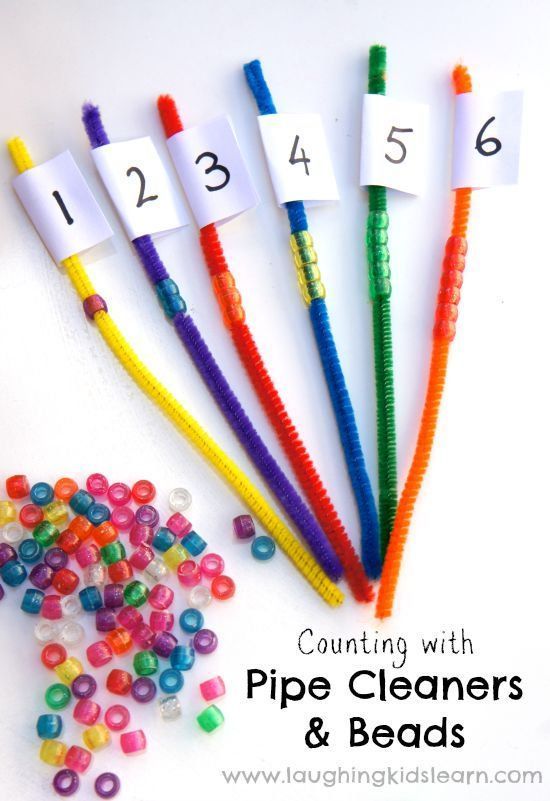
Shcherbakova E.I. among the tasks for the formation of elementary mathematical knowledge and the subsequent mathematical development of children, he singles out the main ones, namely:
- acquisition of knowledge about set, number, size, shape, space and time as the basis of mathematical development;
- formation of a broad initial orientation in the quantitative, spatial and temporal relations of the surrounding reality;
- formation of skills and abilities in counting, calculations, measurement, modeling, general educational skills;
- mastery of mathematical terminology;
- development of cognitive interests and abilities, logical thinking, general intellectual development of the child. [13]
These tasks are most often solved by the teacher at the same time in each lesson in mathematics, as well as in the process of organizing various types of independent children's activities. Numerous psychological and pedagogical studies and advanced pedagogical experience in preschool institutions show that only properly organized children's activities and systematic training ensure the timely mathematical development of a preschooler. [10]
[10]
- The content of teaching mathematics to preschoolers
Mathematical development of preschoolers is carried out both as a result of the child's acquisition of knowledge in everyday life, and through targeted training in the classroom to form elementary mathematical concepts. Research and pedagogical experience show that, thanks to the systematic teaching of mathematics to children, they form sensory, perceptual, mental, verbal and other components of general and special abilities.
In the mathematical training provided by the program, along with teaching children to count, developing ideas about the number and number within the first ten, dividing objects into equal parts, much attention is paid to operations with visual material, taking measurements using conditional measures, determining the volume of liquid and bulk bodies, the development of the children's eye, their ideas about geometric shapes, about time, the formation of an understanding of spatial relationships. In the classroom in mathematics, the educator carries out not only educational tasks, but also solves educational ones. The teacher introduces preschoolers to the rules of behavior, educates them in diligence, organization, the habit of accuracy, restraint, perseverance, purposefulness, and an active attitude to their own activities. [15]
In the classroom in mathematics, the educator carries out not only educational tasks, but also solves educational ones. The teacher introduces preschoolers to the rules of behavior, educates them in diligence, organization, the habit of accuracy, restraint, perseverance, purposefulness, and an active attitude to their own activities. [15]
The teacher organizes work on the development of elementary mathematical concepts in children in the classroom and outside of class: in the morning, in the afternoon during walks, in the evening; 2 - 3 times a week. Teachers of all age groups should use all types of activities to consolidate mathematical knowledge in children. For example, in the process of drawing, sculpting, and designing, children gain knowledge about geometric shapes, the number and size of objects, and their spatial arrangement; spatial representations, counting skills, ordinal count - in music and physical education classes, during sports entertainment. In various outdoor games, children's knowledge about measurements by conditional measures of the size of objects can be used.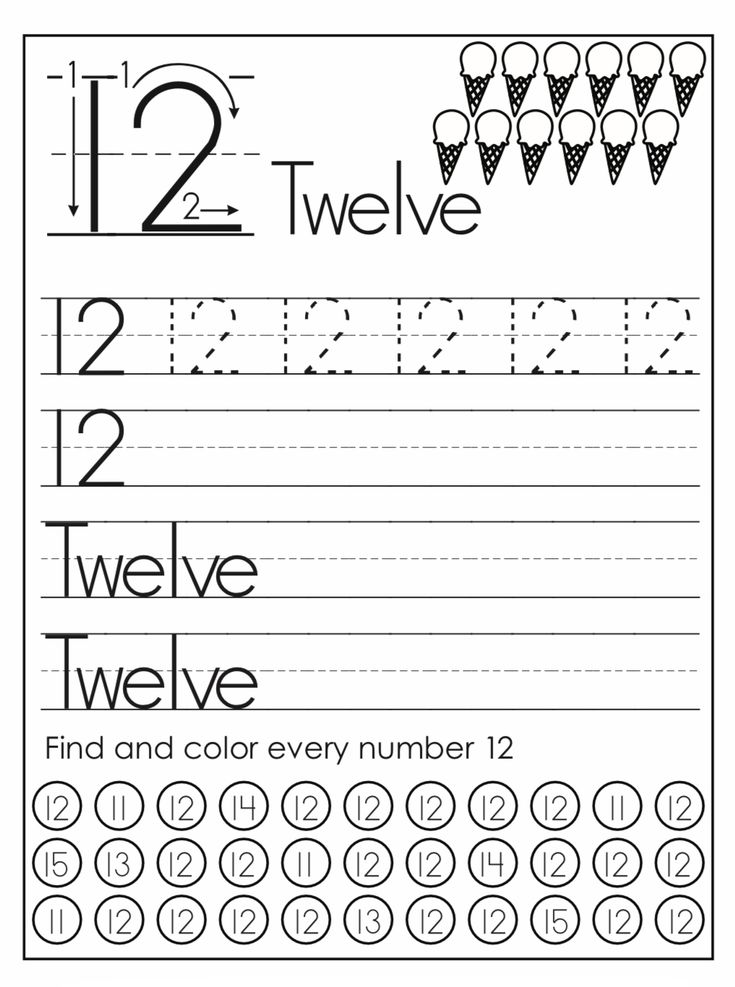 To consolidate mathematical concepts, educators widely use didactic games and game exercises separately for each age group. In the summer, the program material in mathematics is repeated and fixed on walks, in games. [9]
To consolidate mathematical concepts, educators widely use didactic games and game exercises separately for each age group. In the summer, the program material in mathematics is repeated and fixed on walks, in games. [9]
Methods of teaching mathematical knowledge are based on general didactic principles: systematic, consistent, gradual, individual approach. The tasks offered to children sequentially, from lesson to lesson, become more complicated, which ensures the availability of learning. When moving on to a new topic, do not forget to repeat the past. Repetition of material in the process of learning new things not only deepens children's knowledge, but also makes it easier to focus on new things. In mathematics classes, educators use various methods (verbal, visual, game) and techniques (storytelling, conversation, description, indication and explanation, questions for children, children's answers, sample, showing real objects, pictures, didactic games and exercises, outdoor games) .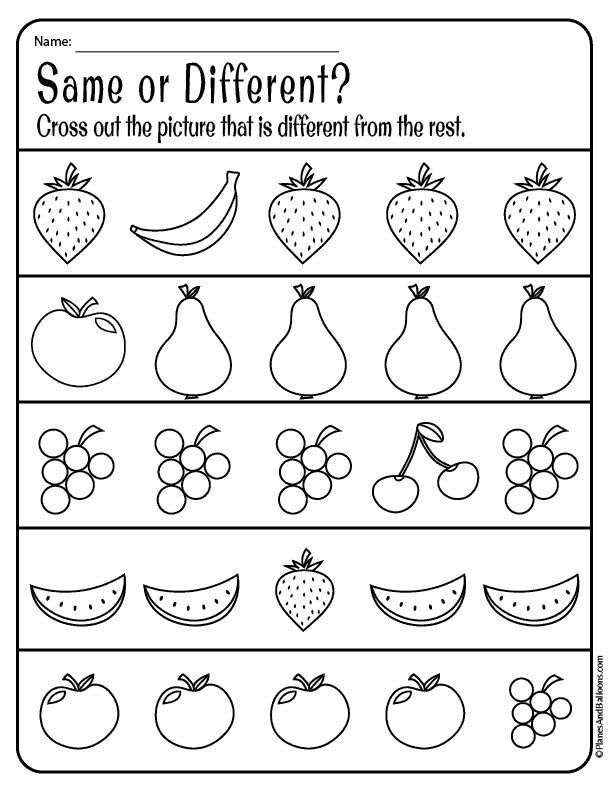
A large place in the work with children of all age groups is occupied by developmental teaching methods. This is the systematization of the knowledge he offers, the use of visual aids (reference samples, the simplest schematic images, substitute objects) for highlighting various properties and relationships in real objects and situations, and the application of a general method of action in new conditions. [22]
The second junior group
In the second junior group, they begin to carry out special work on the formation of elementary mathematical concepts. The further mathematical development of children depends on how successfully the first perception of quantitative relations and spatial forms of real objects is organized.
Work with children of three years, on the development of elementary mathematical concepts, is mainly aimed at developing ideas about the set. Children are taught to compare two sets, compare elements of one set with elements of another, distinguish between equality and inequality of groups of objects that make up a set. [1]
[1]
Children are introduced to the development of preschoolers' initial ideas about the size of objects, contrasting and of the same size in length, width, height, thickness, volume (larger, smaller, equal in size).
Children get their first information about geometric shapes while playing. Based on the accumulated experience, children are introduced to the names of planar geometric shapes (square, circle, triangle). Learn to identify, distinguish and name these figures.
It is advisable to develop spatial representations in a group of children of the fourth year of life using everyday life, routine moments, didactic, outdoor games, morning exercises, music and physical education classes.
Orientation in time involves teaching children the ability to distinguish between parts of the day and call them: morning, evening, day and night.
Middle group
The middle group program is aimed at further development of mathematical concepts in children.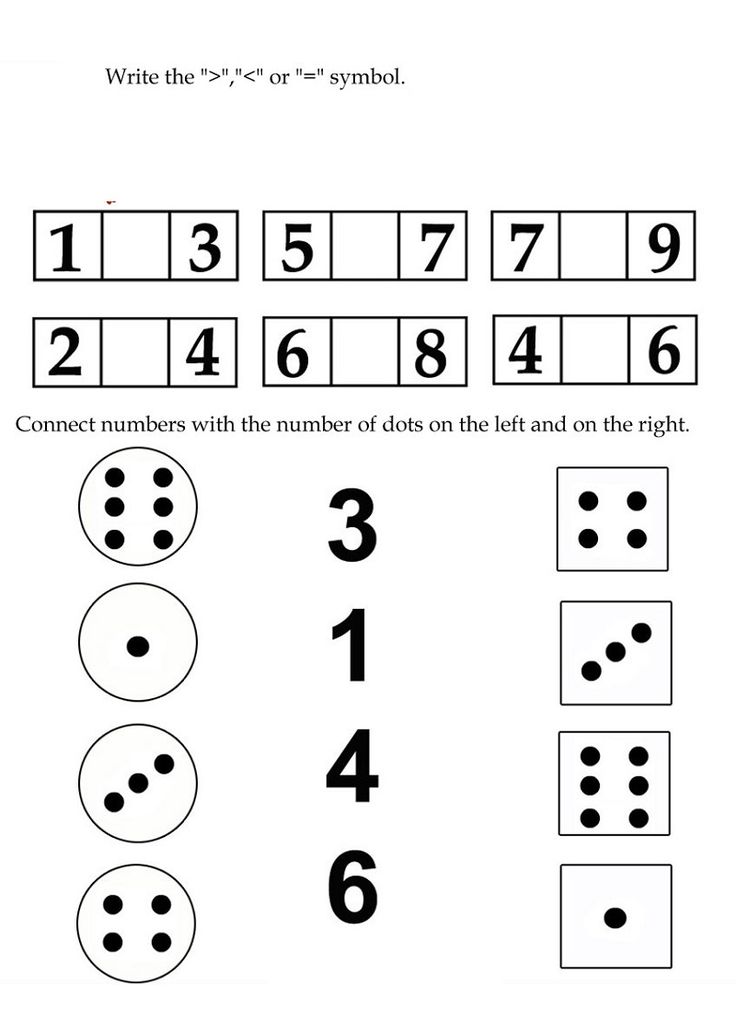 It includes learning to count up to 5, comparing two sets expressed by adjacent numbers. An important task is the ability to establish equality and inequality of groups of objects when objects are at different distances from each other, when they are different in size, etc. [5]
It includes learning to count up to 5, comparing two sets expressed by adjacent numbers. An important task is the ability to establish equality and inequality of groups of objects when objects are at different distances from each other, when they are different in size, etc. [5]
The children of the middle group should learn counting techniques: name the numbers in order, correlate each number with only one object, at the end of the count summarize it in a circular motion, learn to distinguish the counting process from the counting total, count with the right hand from left to right, in the counting process call only numerals, to teach children to correctly coordinate numerals with nouns in gender, number, case.
When teaching counting at each lesson, special attention should be paid to such techniques as comparing two numbers, matching, establishing their equality and inequality, overlay techniques and applications. [8]
Senior group
The program of the senior group is aimed at expanding, deepening and generalizing elementary mathematical concepts in children.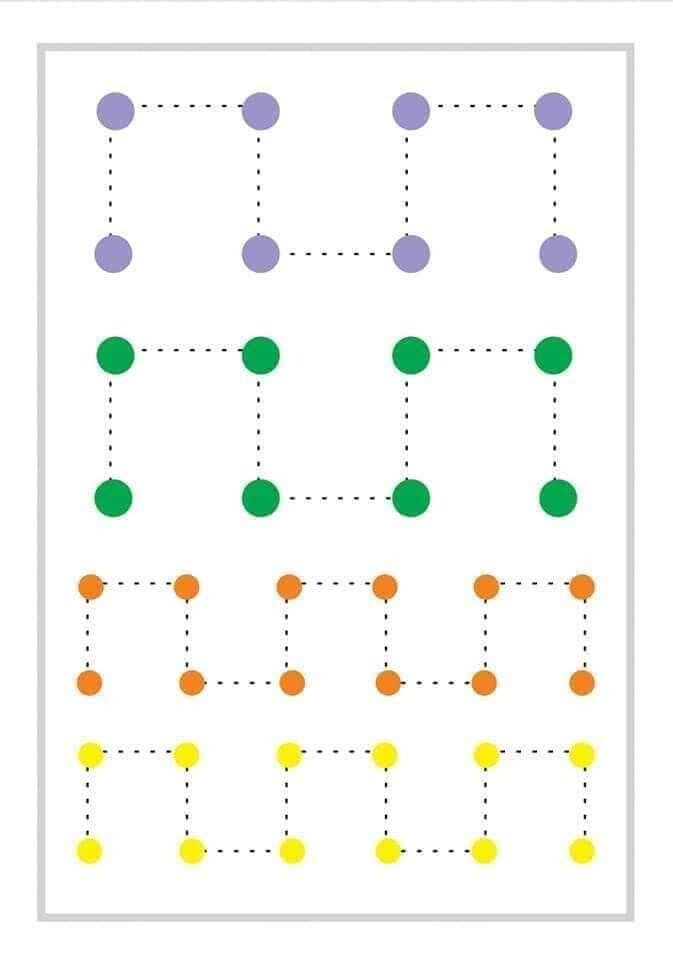 Children are taught to master the techniques of counting objects, sounds, movements, by touch within 10, count the number of objects according to the model and according to the named number, learn to form numbers by increasing or decreasing by units, equalize sets of objects, subject to quantitative differences between the number of 1, 2 and 3 elements, skills are developed to apply quantitative and ordinal counting, children are introduced to numbers from 0 to 10. [15]
Children are taught to master the techniques of counting objects, sounds, movements, by touch within 10, count the number of objects according to the model and according to the named number, learn to form numbers by increasing or decreasing by units, equalize sets of objects, subject to quantitative differences between the number of 1, 2 and 3 elements, skills are developed to apply quantitative and ordinal counting, children are introduced to numbers from 0 to 10. [15]
Counting exercises keep getting more difficult. In the process of learning to count, children are introduced to numbers, they are taught to distinguish, name, find, build a row. Children are taught to compare all numbers within 10, they begin to learn to use ordinal numbers for the first time, they are taught to divide the whole into parts.
Preparatory group
In the preparatory group for school, special attention is paid to the development of children's ability to navigate in some hidden essential mathematical relationships, relationships, dependencies: “equal”, “more”, “less”, “whole and part”, dependencies between values, the dependence of the measurement result on the value of the measure, etc.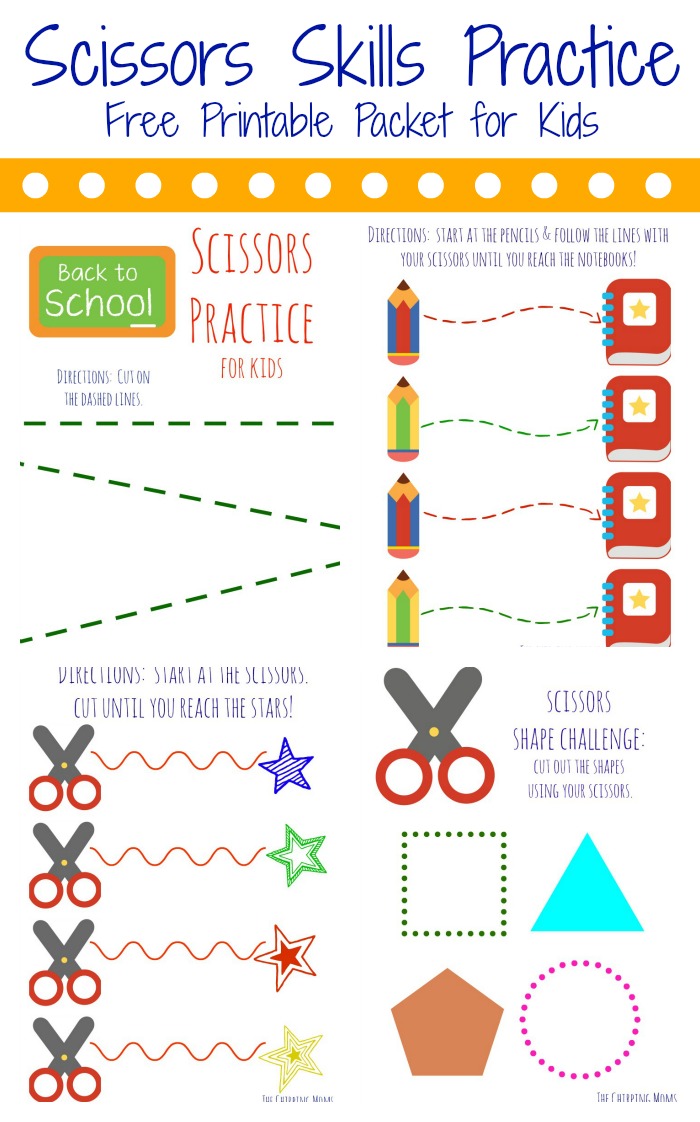 Children master the methods of establishing various kinds of mathematical connections and relationships. They begin to understand that the most accurate ways of establishing quantitative relationships are by counting objects and measuring quantities. Their counting and measurement skills become quite strong and conscious. [6]
Children master the methods of establishing various kinds of mathematical connections and relationships. They begin to understand that the most accurate ways of establishing quantitative relationships are by counting objects and measuring quantities. Their counting and measurement skills become quite strong and conscious. [6]
The ability to navigate essential mathematical connections and dependencies and mastering the appropriate actions allow preschoolers to raise the visual-figurative thinking to a new level and create prerequisites for the development of their mental activity in general. Children learn to count with their eyes alone, to themselves, they develop an eye, quick reaction to the form.
No less important at this age is the development of mental abilities, independence of thinking, mental operations of analysis, synthesis, comparison, the ability to abstract and generalize, and spatial imagination. Children should be brought up with a steady interest in mathematical knowledge, the ability to use it and the desire to independently acquire it.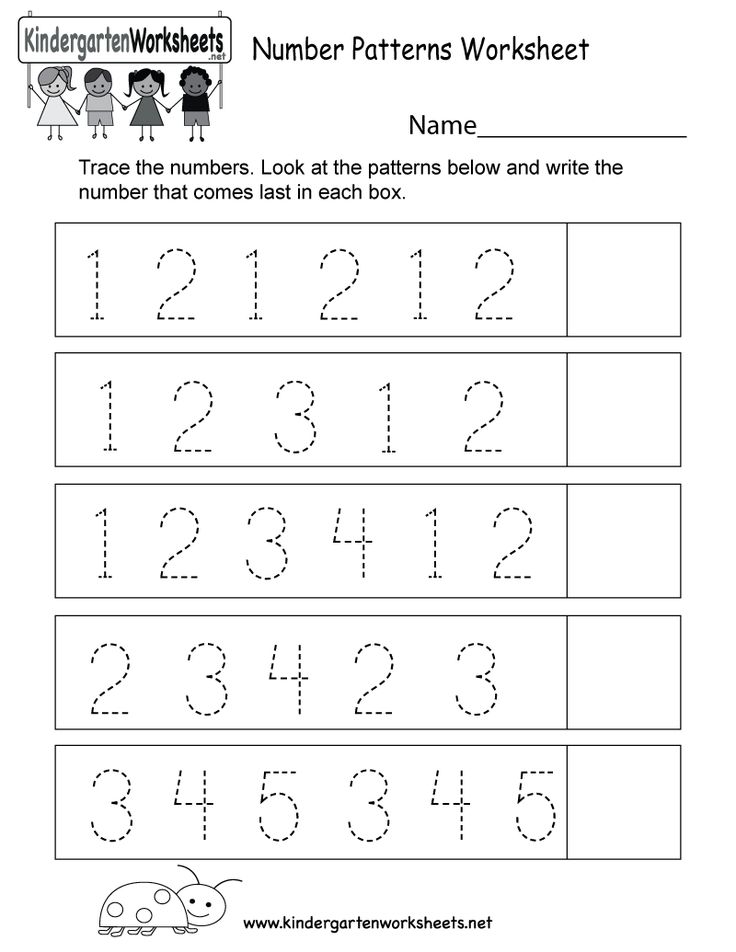 The program for the development of elementary mathematical representations of the preparatory group for school provides for the generalization, systematization, expansion and deepening of the knowledge acquired by children in previous groups. [11]
The program for the development of elementary mathematical representations of the preparatory group for school provides for the generalization, systematization, expansion and deepening of the knowledge acquired by children in previous groups. [11]
- The specificity of the formation of preschoolers' ideas
about the multitude and number
At an early age, children accumulate ideas about aggregates consisting of homogeneous and heterogeneous objects. They master a number of practical actions aimed at perceiving the abundance of a multitude of objects.
Children of the first and second years of life learn how to act with groups of homogeneous objects (balls, buttons, rings, etc.). They sort them out, shift them, pour them out, collect them again, lay them out horizontally on the table, in the form of a curved line; perform more complex actions: grouping objects of different numbers in shape, color. [17]
The perception of a plurality of objects and phenomena is facilitated by the entire environment of the child - a multitude of people, familiar and unfamiliar, a multitude of objects, repeated sounds.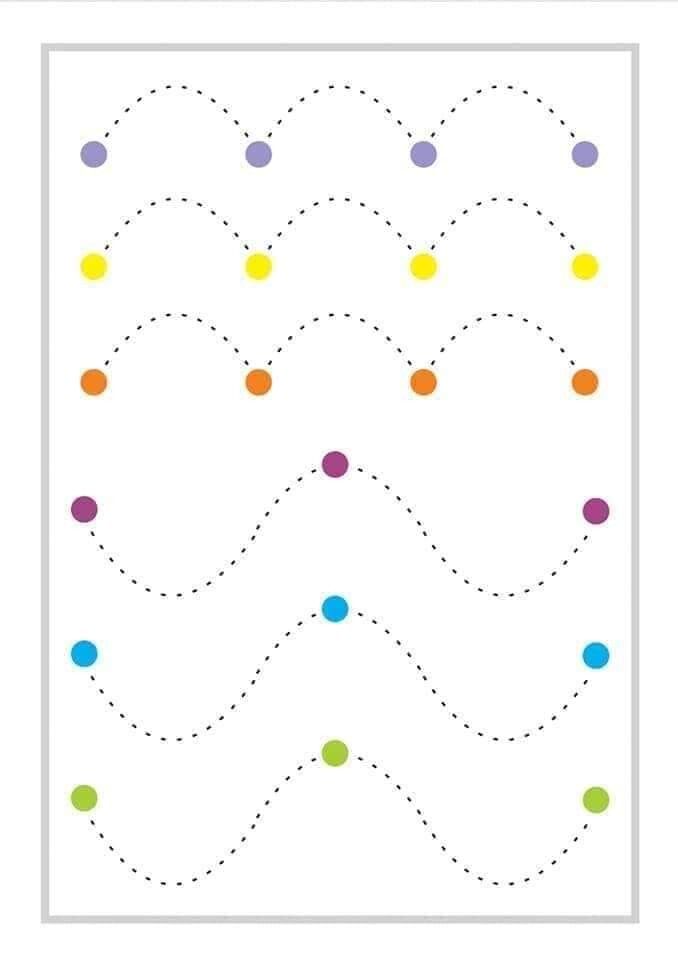 The child perceives the plurality of objects and phenomena with different analyzers: auditory, visual, kinesthetic, etc.
The child perceives the plurality of objects and phenomena with different analyzers: auditory, visual, kinesthetic, etc.
The formation of initial ideas about the plurality of objects (many) and singularity (one) occurs very early (in the second year of life). An indicator of this is the difference between the singular and plural by children as early as 15-16 months of age. [18]
In the second year of life, children begin to understand the meaning of the words a lot, a little, with a difference between sets of two objects. However, the words many and few do not have a clear quantitative characteristic for them. They also associate the word much with the word big, and the word little with the word small. The word much refers to both the totality of objects and their size. Consequently, quantitative representations in children have not yet differentiated from spatial ones.
Thus, the quantitative side in the totality of objects is not yet a special sign, significant for children of the second year of life (VV Danilova).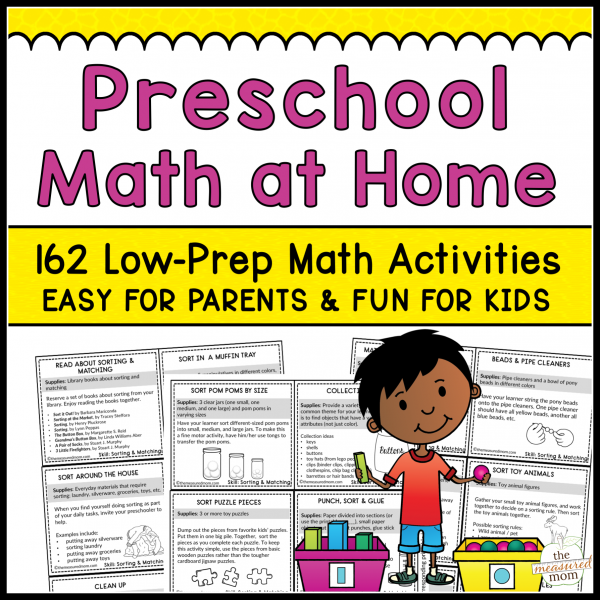 At this age, there is a perception of many objects as an indefinite plurality, there is an ability to distinguish between the meaning of the word one and many, there is an active mastery of the grammatical forms of the singular and plural. [20]
At this age, there is a perception of many objects as an indefinite plurality, there is an ability to distinguish between the meaning of the word one and many, there is an active mastery of the grammatical forms of the singular and plural. [20]
In the third year of life, the ability to distinguish between groups of objects of different sizes is born. The words one, many, few children correlate with a certain number of objects, perform actions in response to the request of adults: “Bring one ball”, “Give me a lot of pictures”, etc.
By the end of the third year, children master the ability to differentiate not only subject aggregates, but also sets of sounds.
Children at the end of the second - beginning of the third year of life have a desire to create a set of objects themselves. At this age, there is a tendency to "compare" the aggregates, when one object is superimposed on another. But the movements of the children are not yet precise, moreover, the children still do not see the relationships between the compared aggregates, they are mainly interested in the process of splitting the aggregates into separate objects and their combination.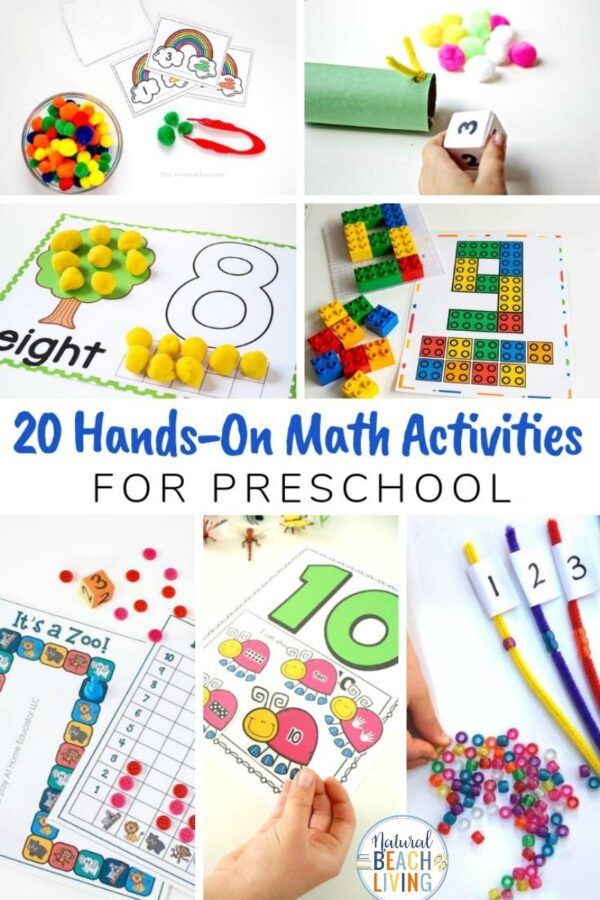 [22]
[22]
Children of the third year of life in different conditions correctly understand and correlate the words a lot, a little within five objects.
The ability to differentiate sets with more and fewer elements depends on children's education.
In the third year of life, the quantitative side gradually begins to separate from the subject content. Children develop the ability to accept tasks, act as directed, which indicates their intellectual activity and the development of arbitrary thinking.
Gradually, children begin to master the simplest way to compare elements of two sets. They superimpose (apply) objects of one set on objects of another, establishing a one-to-one correspondence between them, and see their equality in quantity. [24]
However, when performing reproduction tasks on their own (filling in the gaps between images), children
often experience errors.
In the third year of life, with gradual systematic learning, children can compare many sounds with many objects.
In the studies of V.V. Danilova, by the age of three there are significant qualitative changes in the perception and comparison of sets by children. In the process of organized actions with sets of objects under the guidance of an adult, children begin to develop the ability to isolate a sign of quantity, regardless of the name of the objects, their qualities and properties. [9]
Thus, under the influence of learning, children show the ability to distinguish between many objects and many sounds, independently create sets from objects, learn the meaning of the words many, few, one, attribute them to the corresponding groups of objects, sounds, movements.
The idea of numbers, their sequence, relationships, place in the natural series is formed in preschool children under the influence of counting and measurement.
Children learning to count is a long and complicated process.
Counting as an activity consists of a number of interrelated components, each of which the child must master: correlating numeral words, called in order, with objects, determining the final number.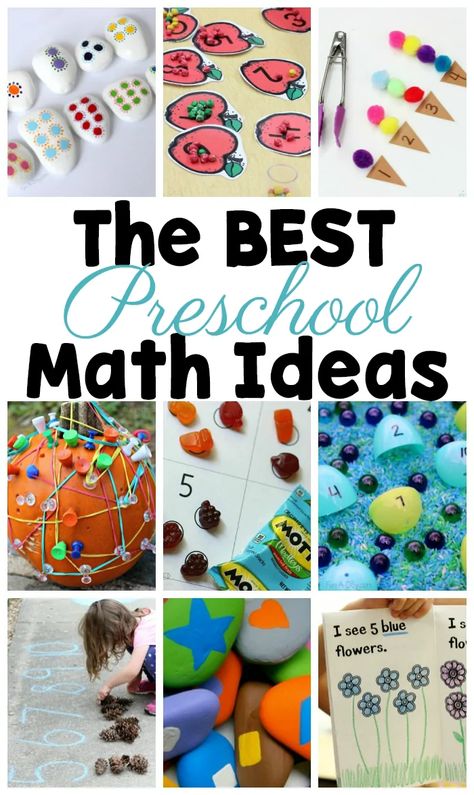 As a result of this practical activity, a sequence of numbers is mastered. [10]
As a result of this practical activity, a sequence of numbers is mastered. [10]
The early appearance of numerals in the active dictionary of children (1.5 - 2 years old) is not an indicator of the formation of quantitative ideas. These words are borrowed from the speech of adults and used by children during the game.
At an early age, children from the knowledge of numerals, under the influence of training, pass to the assimilation of a sequence of numbers in a limited segment of the natural series. As a rule, these are the numbers 1, 2, 3.
Under the influence of training, they become interested in comparing objects in terms of their size and number. Such behavior mainly characterizes children at the beginning of the third year of life and can be considered as a qualitatively new stage in the development of counting activity. [23]
Having learned the numerals of the first ten, the children easily move on to the second ten, and then they count like this: “Twenty-ten, twenty-eleven”, etc.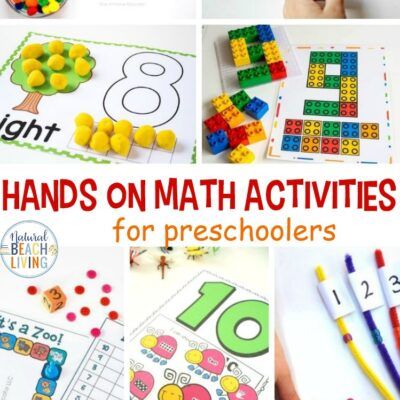 But as soon as the child is corrected and named the number thirty after twenty-nine, the stereotype is restored and the child continues: “Thirty-one, thirty-two ... thirty-nine,” etc. Some children begin to understand that after twenty-nine, thirty-nine, forty-nine there are special words whose names they do not yet know. In such cases, children pause, waiting for the help of an adult.
But as soon as the child is corrected and named the number thirty after twenty-nine, the stereotype is restored and the child continues: “Thirty-one, thirty-two ... thirty-nine,” etc. Some children begin to understand that after twenty-nine, thirty-nine, forty-nine there are special words whose names they do not yet know. In such cases, children pause, waiting for the help of an adult.
However, the auditory image of the natural series of numbers formed in children does not yet indicate that they have mastered counting skills.
In the third year of life, children try to count, showing great interest in counting activities. Mastering the sequence of numbers by children in the process of counting objects, sounds, movements is the content of the next stage in the development of their quantitative representations (for 3-4-year-olds). [15]
Further formation of ideas about the number and the natural series of numbers is carried out under the influence of mastering counting activities on the basis of exercises on the equation of sets of objects by number, comparison of sets and numbers.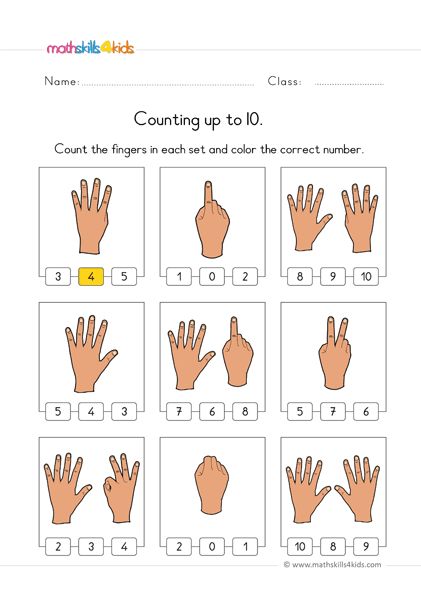
By mastering counting, children acquire the ability to determine the number of objects as a result of understanding the final value of a number, to compare sets and numbers with the definition of relationships between them (visually, in a word). Comparison of numbers (on a visual basis) reveals, highlights the quantitative value of the number.
Successful formation of counting activity, especially at the early stages of development, is possible only with the participation of movements, speech, and the interaction of all analyzers.
The motor component (showing counting objects, circular movement of the hand when summing up) goes through its own developmental path: first, the child moves objects, then touches them, then points to objects at a distance, and finally, selects the object only with his eyes, without relying on practical action. In the process of mastering counting, the development of the speech component also occurs: from the loud naming of numeral words in the process of counting, the child proceeds to naming them in a whisper, then only moves his lips and, finally, pronounces them mentally, i.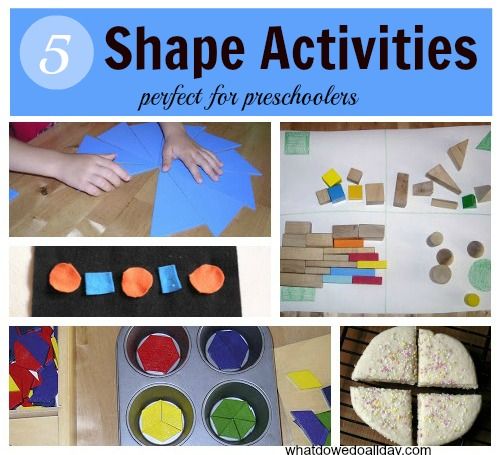 e. in terms of inner speech. [13]
e. in terms of inner speech. [13]
The movement of the eyes and the spoken word perform the function of splitting sets. Gradually, the word and eye movements begin to replace the action of the hand, becoming the main carrier of the counting action.
At the age of 4-5, children learn the sequence and names of numerals, accurately correlate the numeral with each set of objects, regardless of their qualitative features and forms of location, learn the meaning of the last number named when counting as the final one.
Children 4-5 years of age and older often have a very limited understanding of the value of the unit. The unit is associated with some individual object. Under the influence of learning, children master the ability to attribute a unit not only to a separate object, but also to a group. This is the basis for understanding the decimal number system. [8]
At the senior preschool age, children master the measurement. From the practical comparison of objects by measurement, they move on to a quantitative characteristic of it by counting conditional measurements.